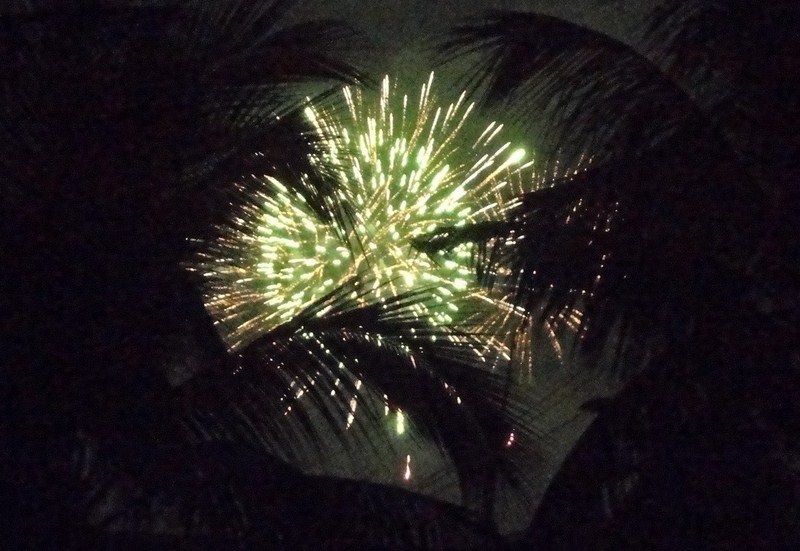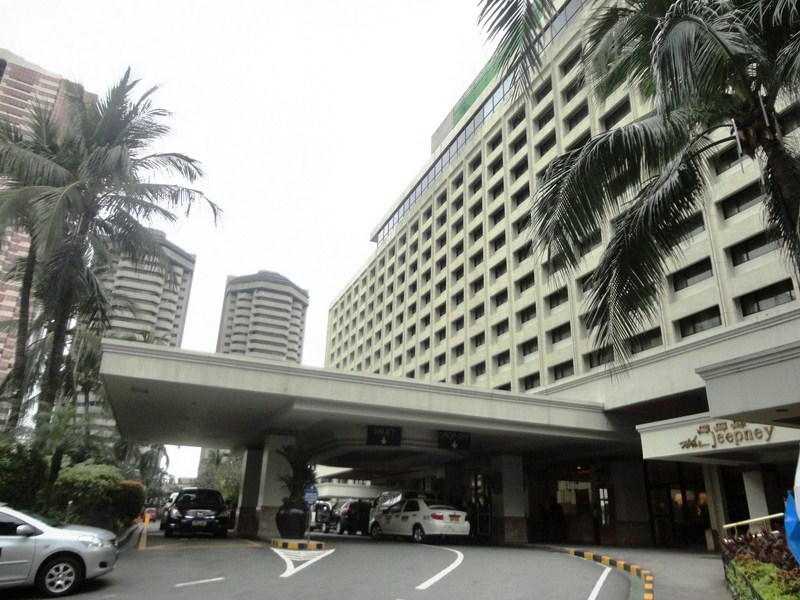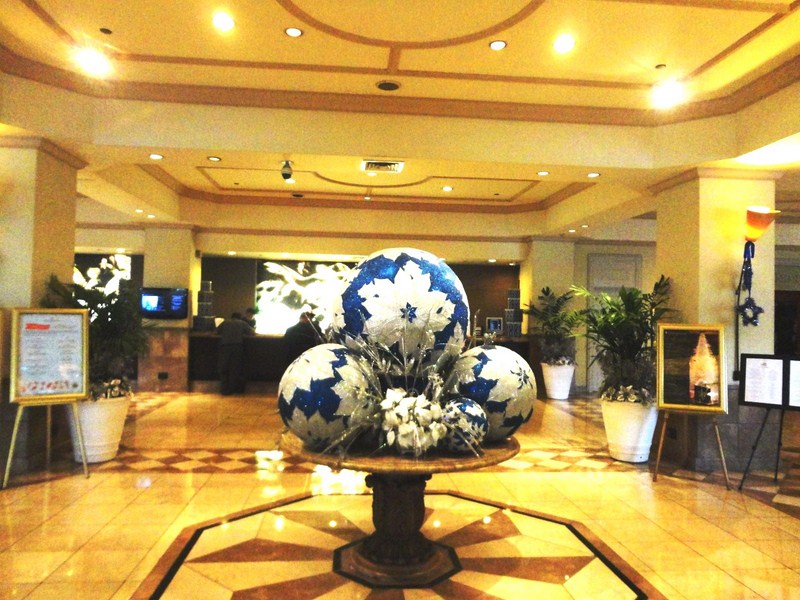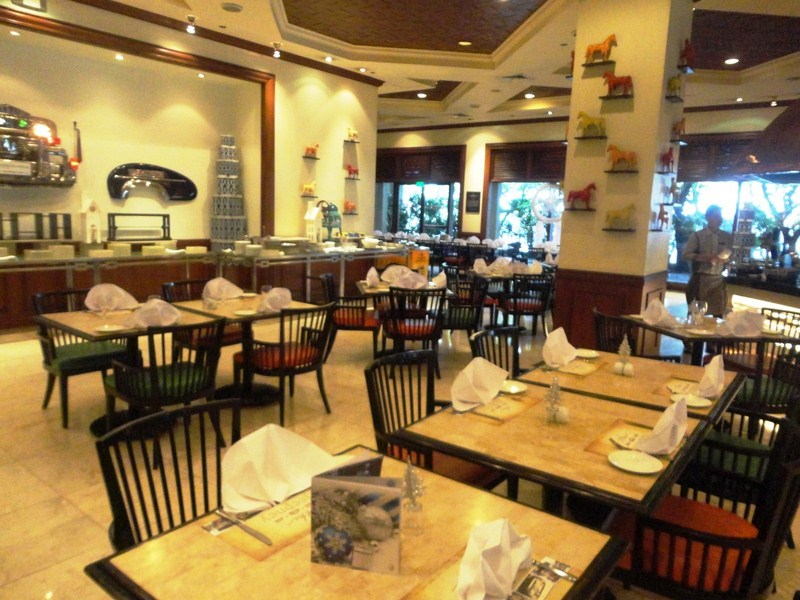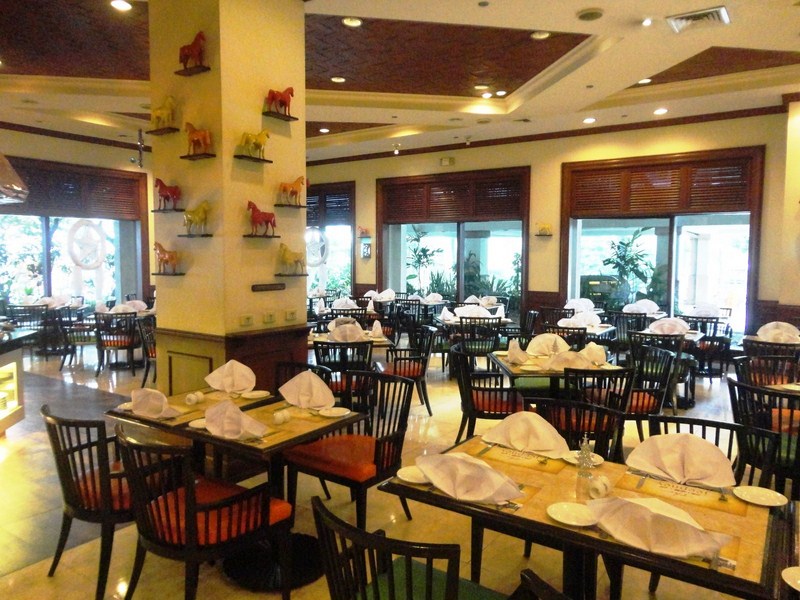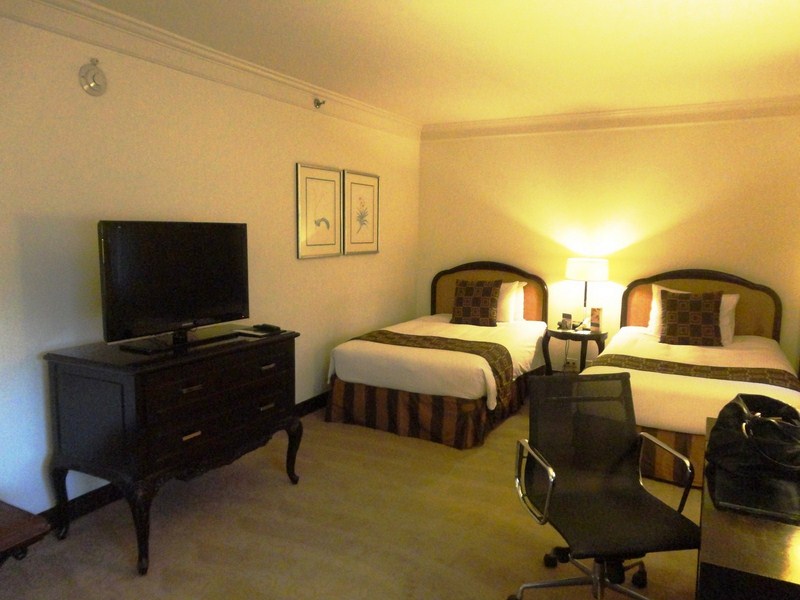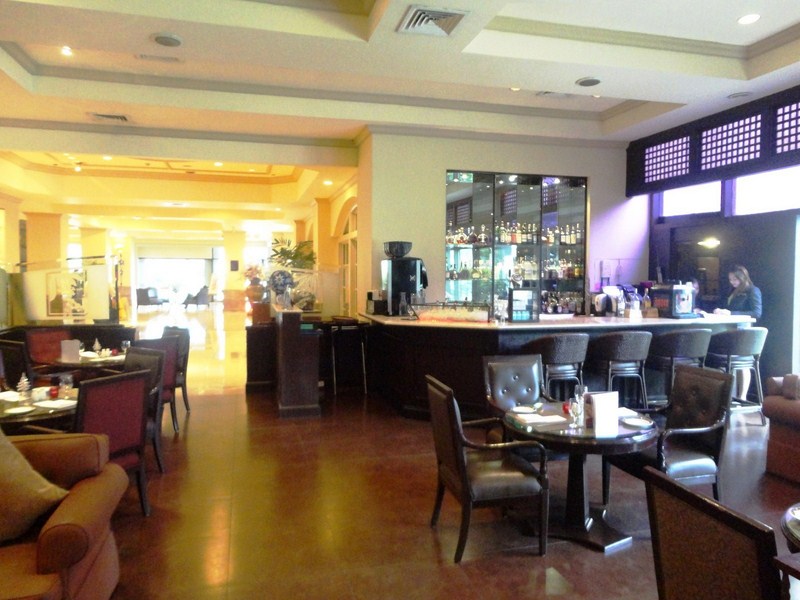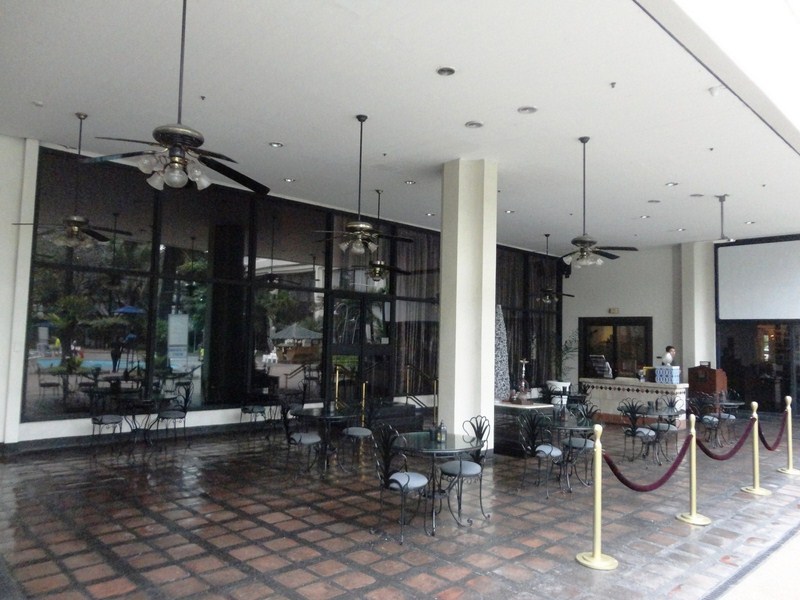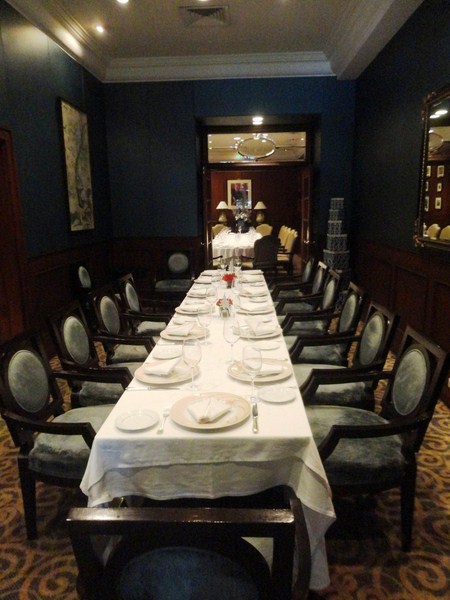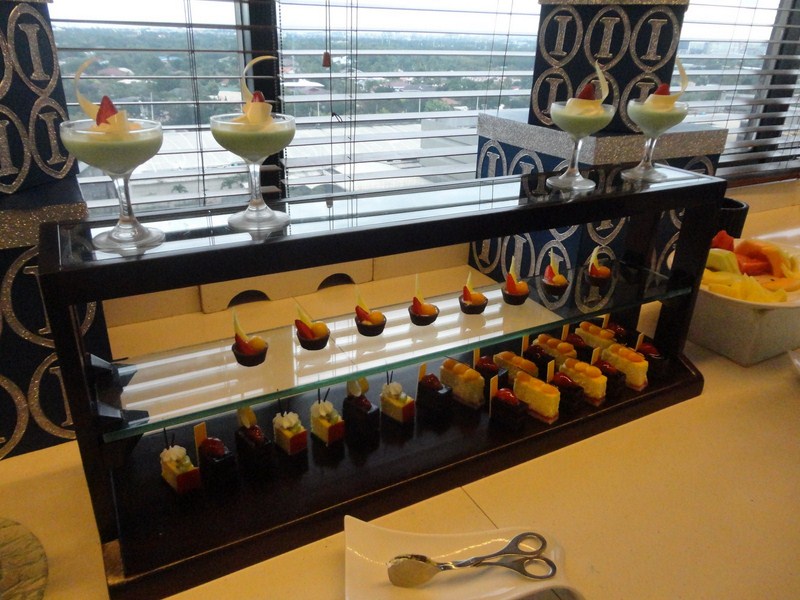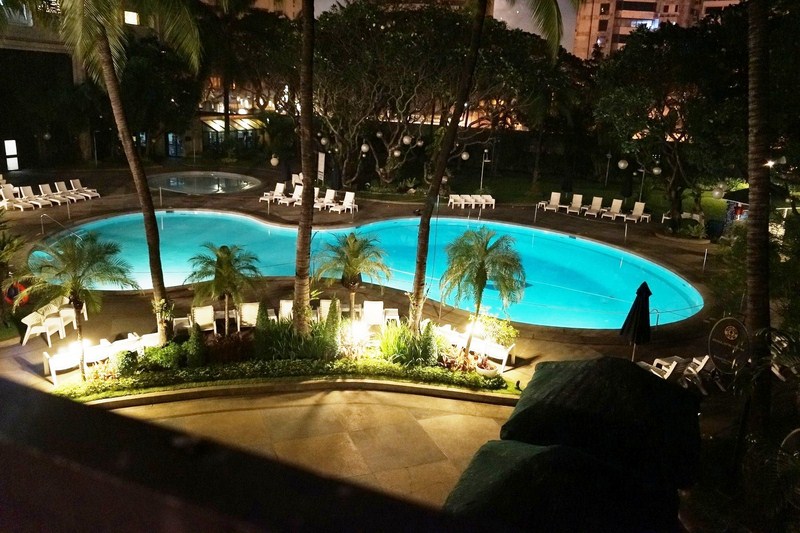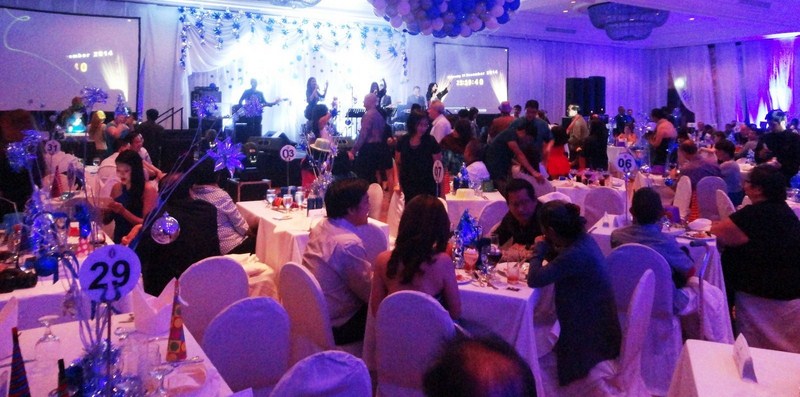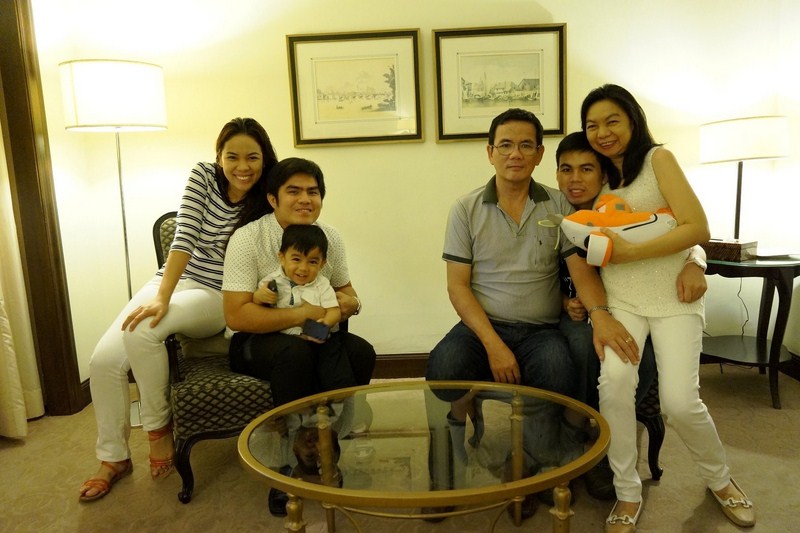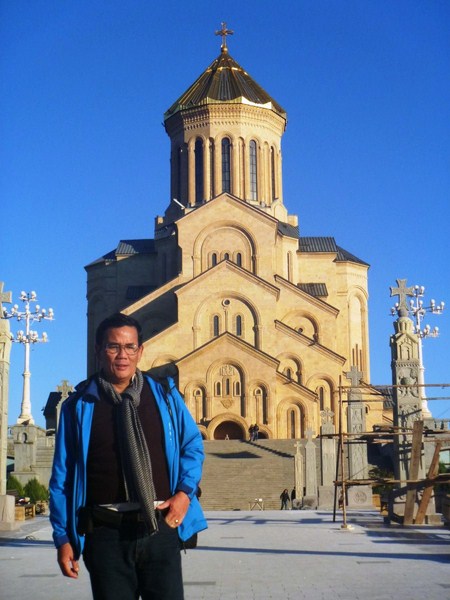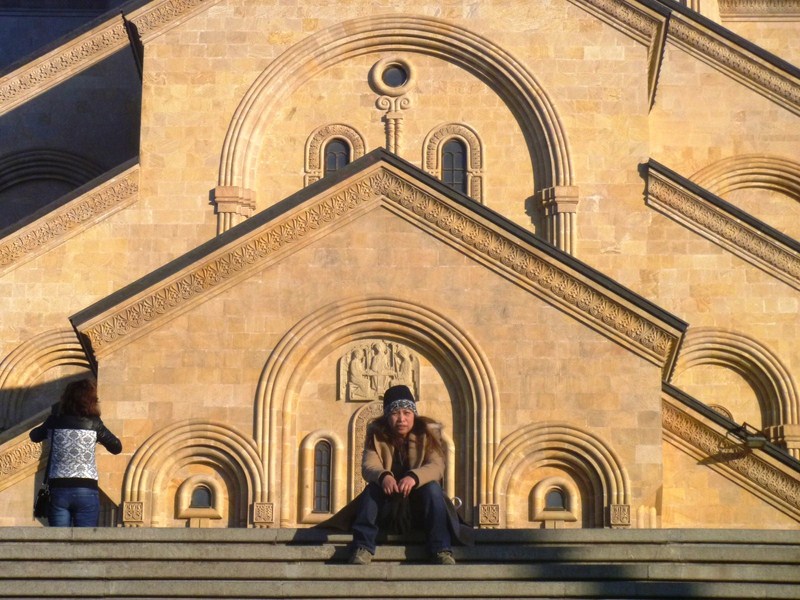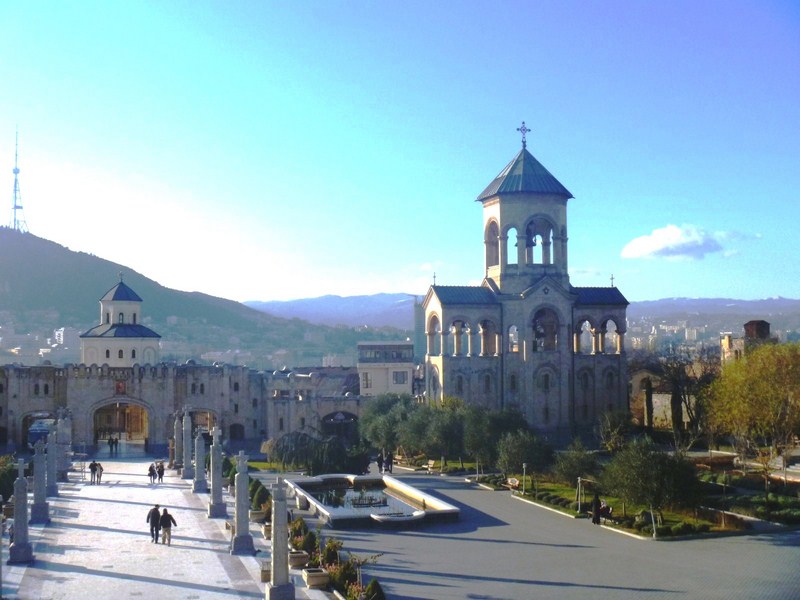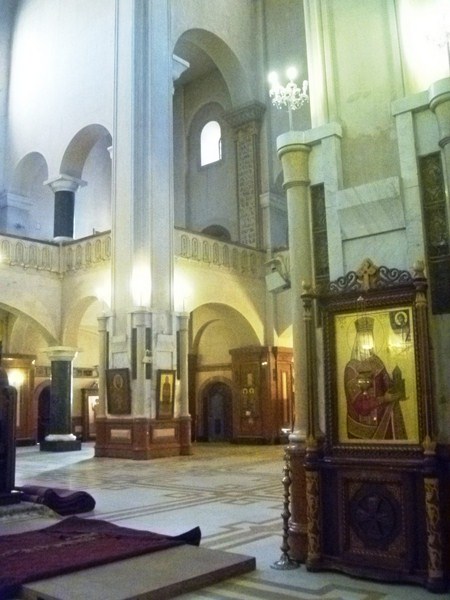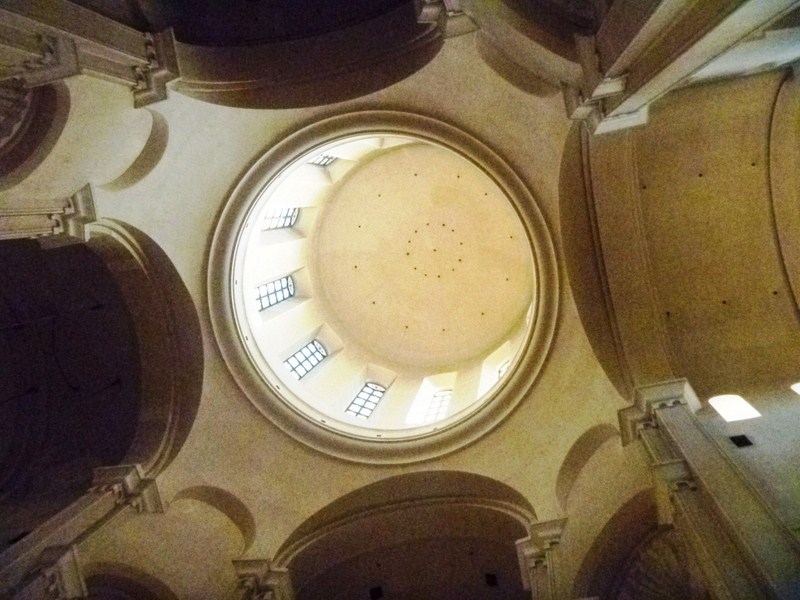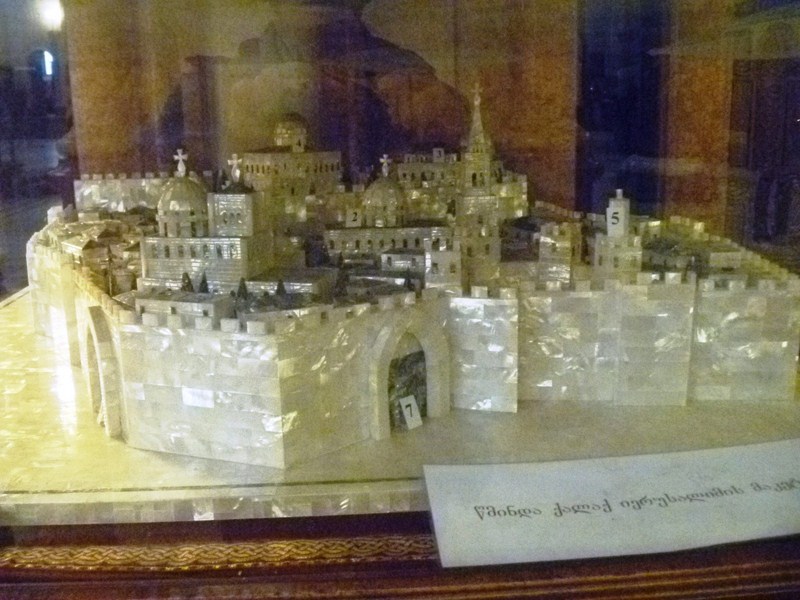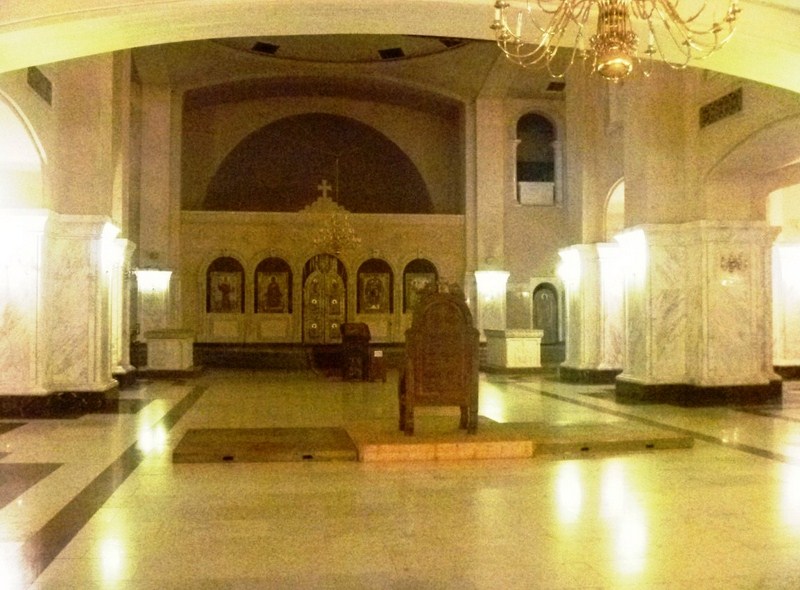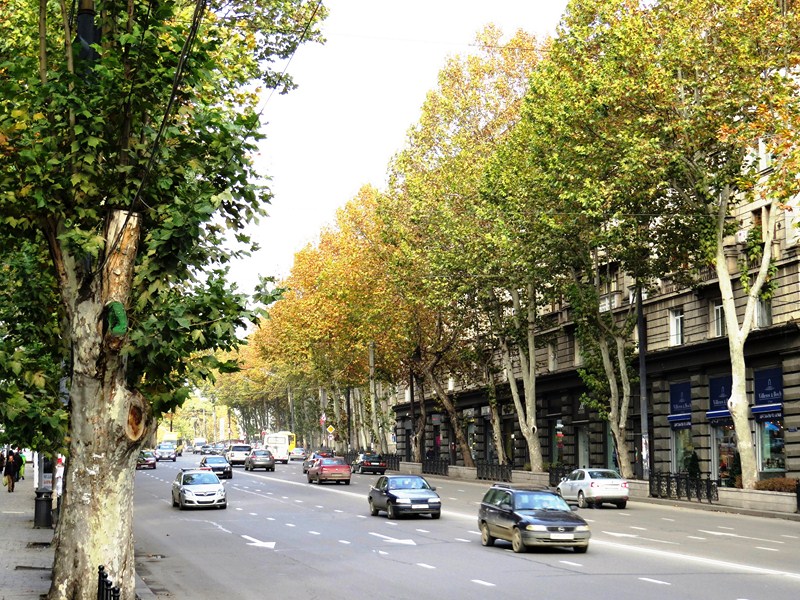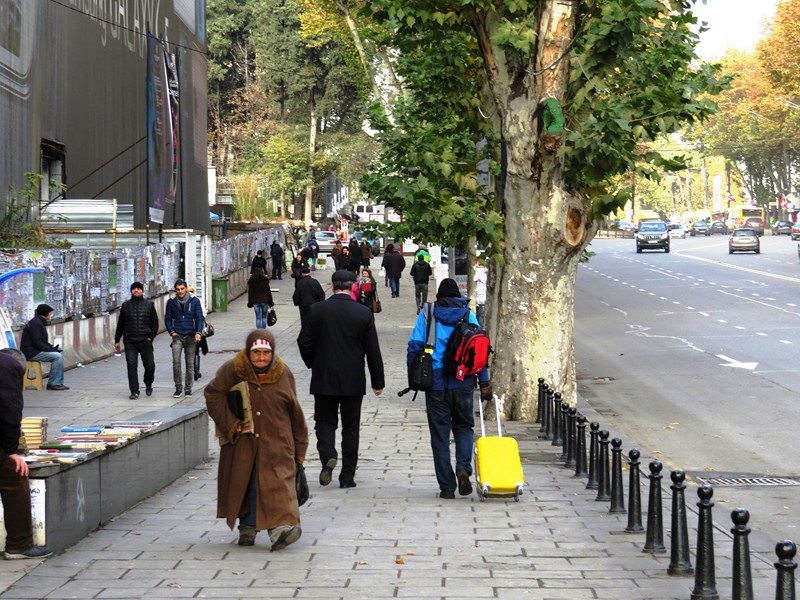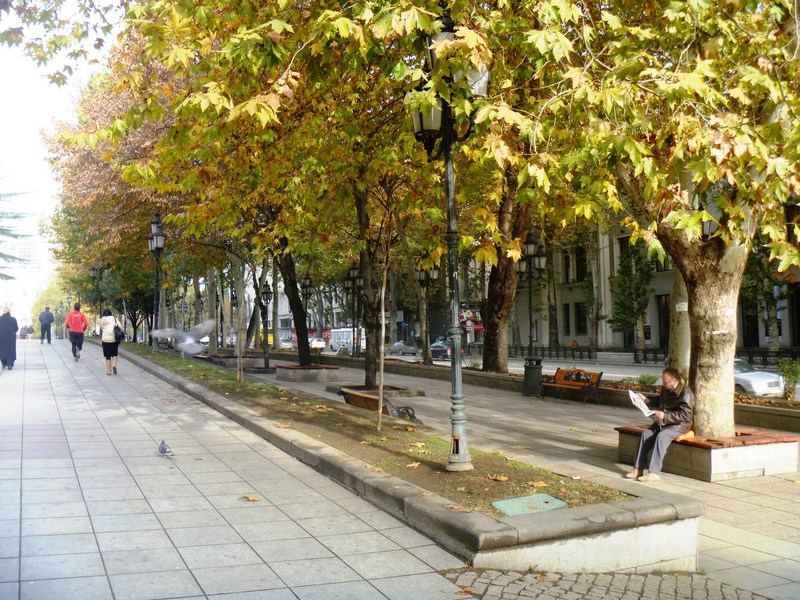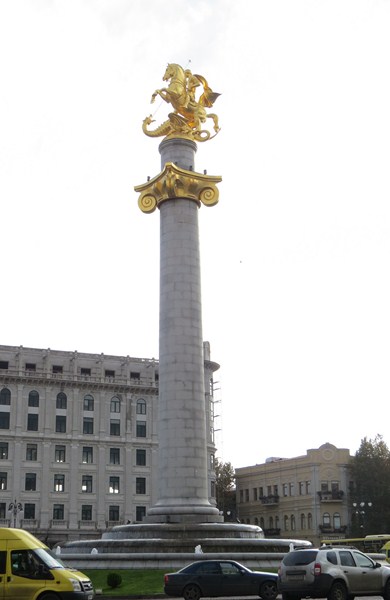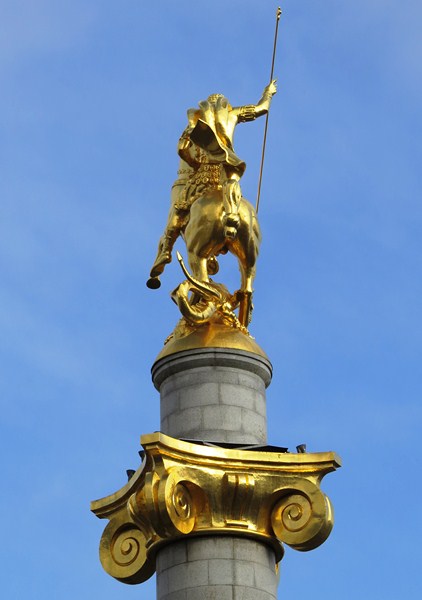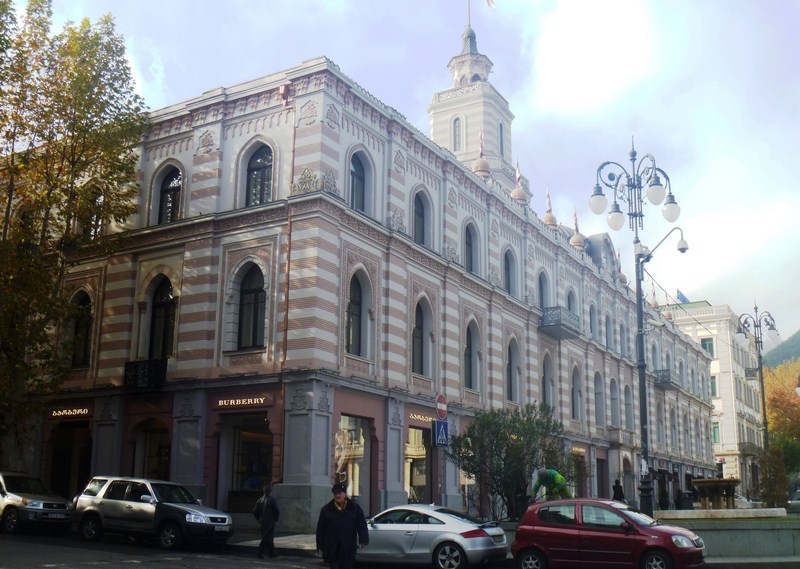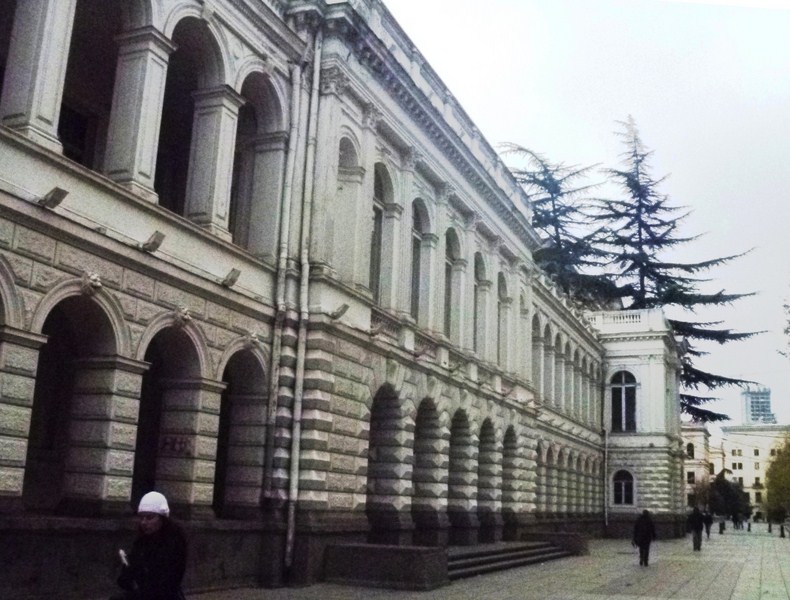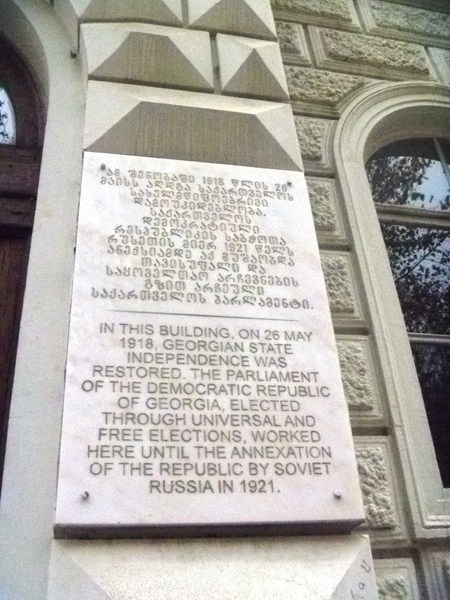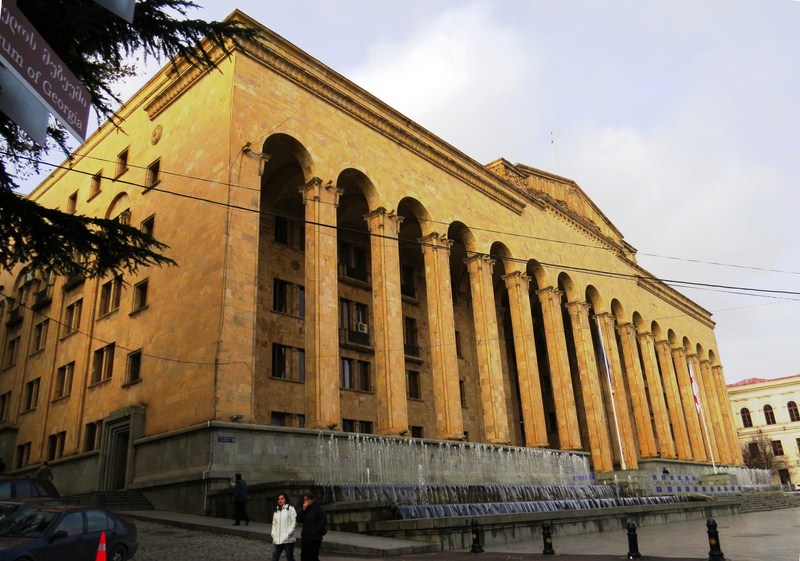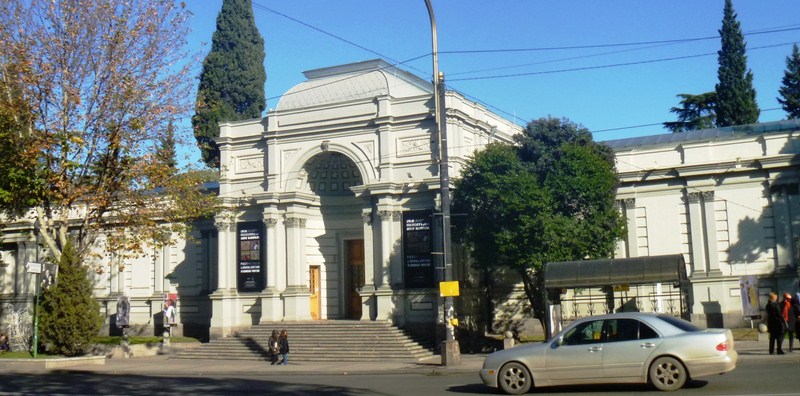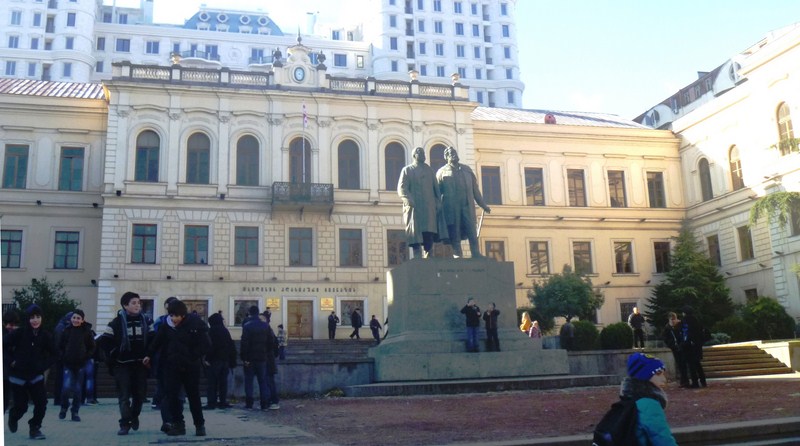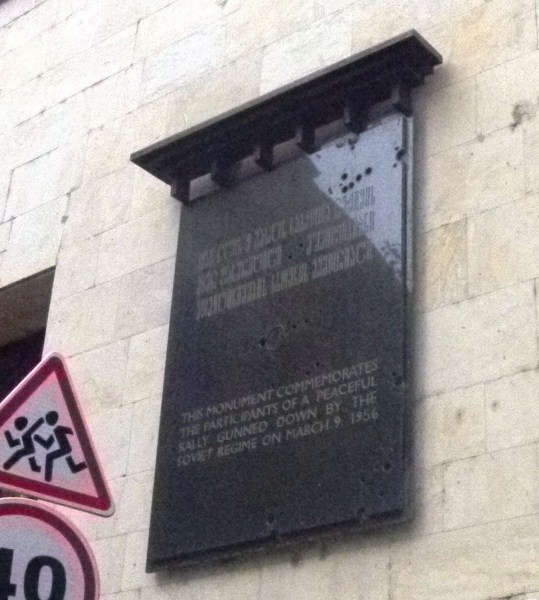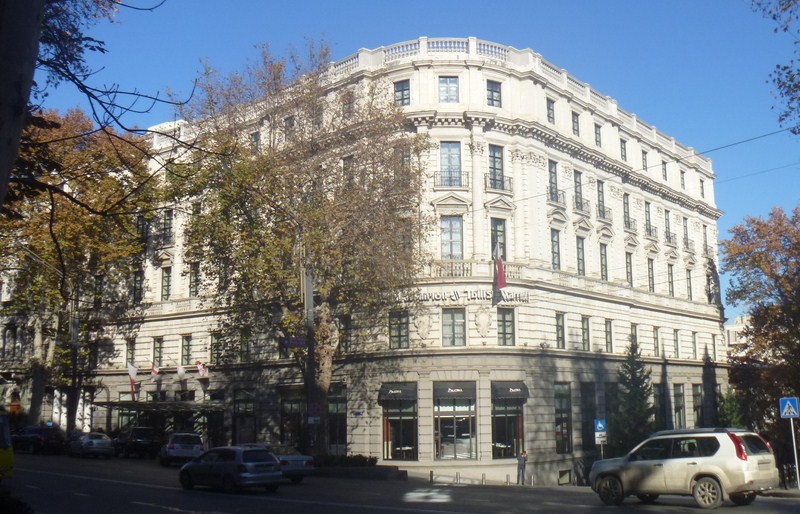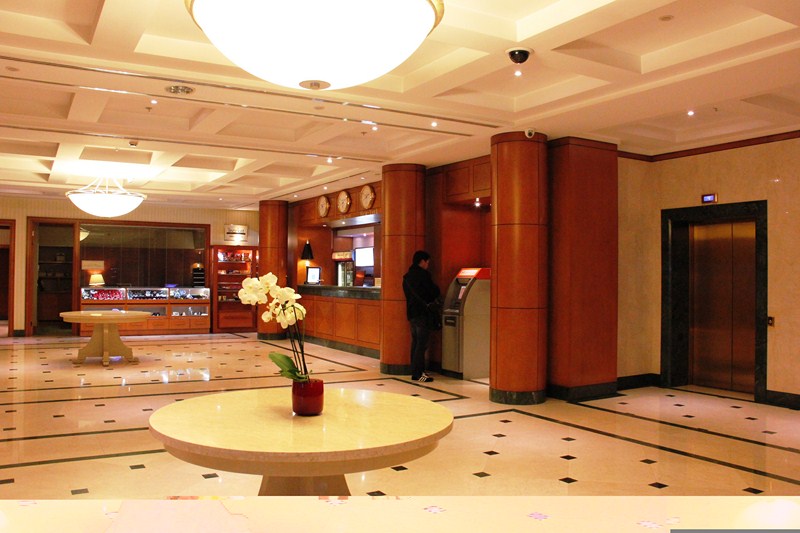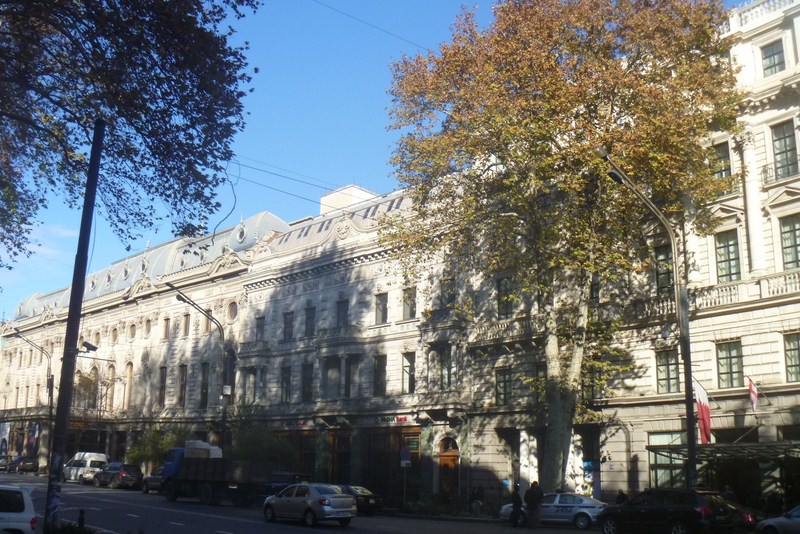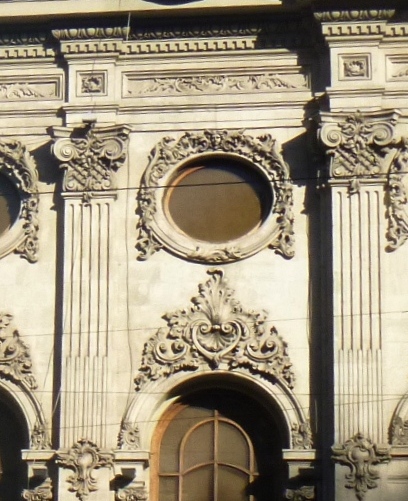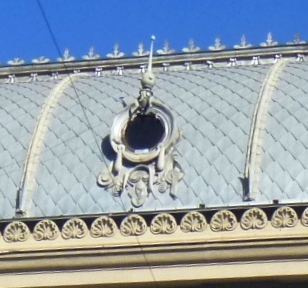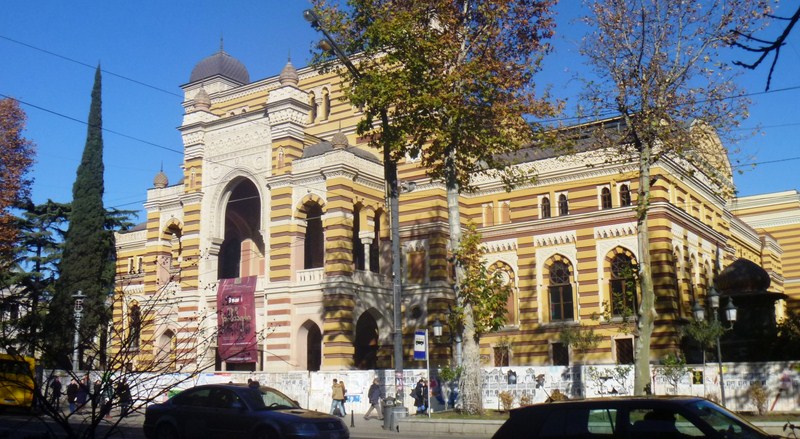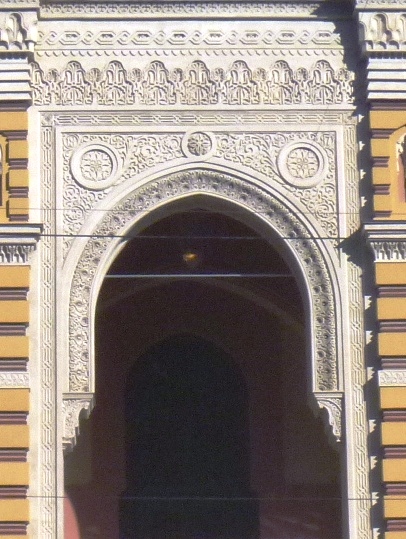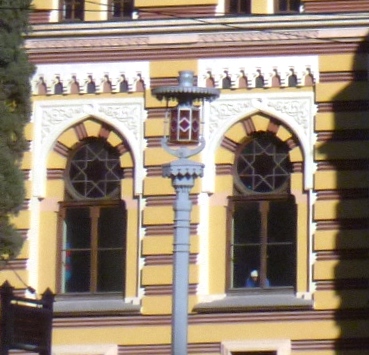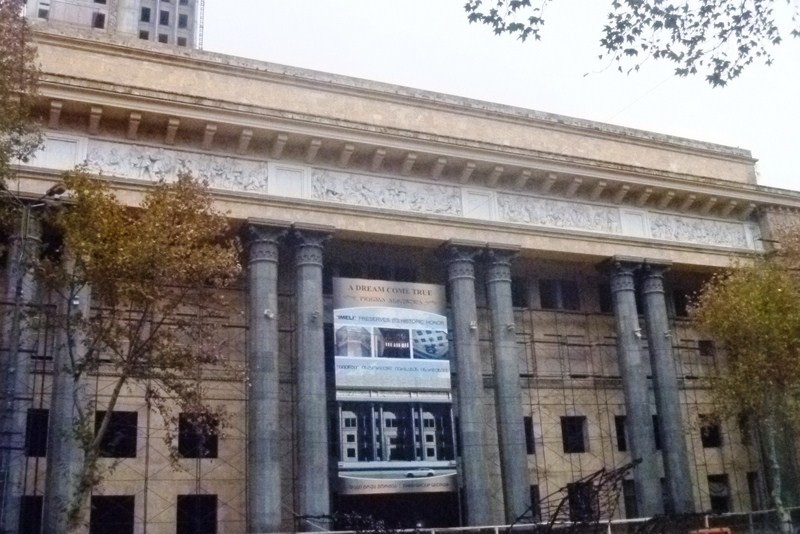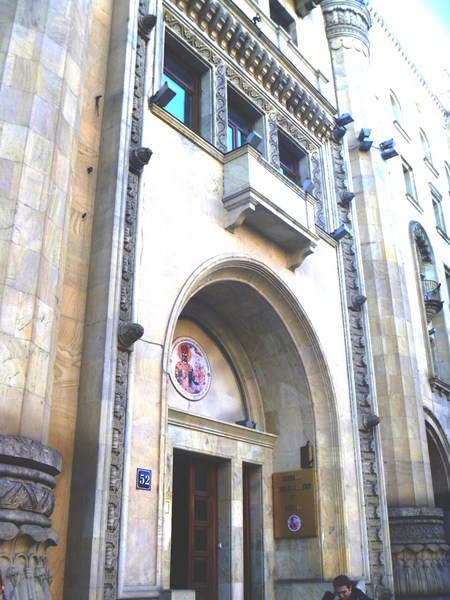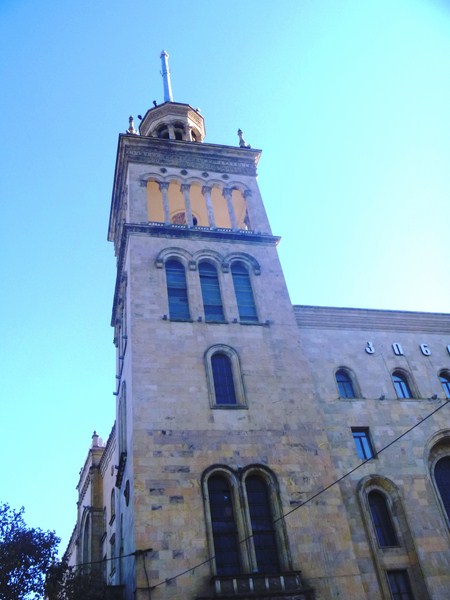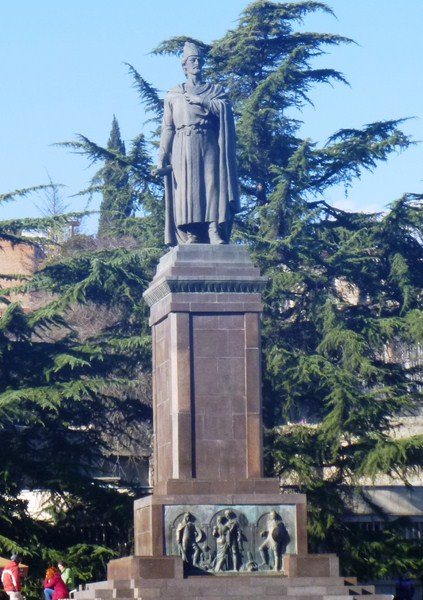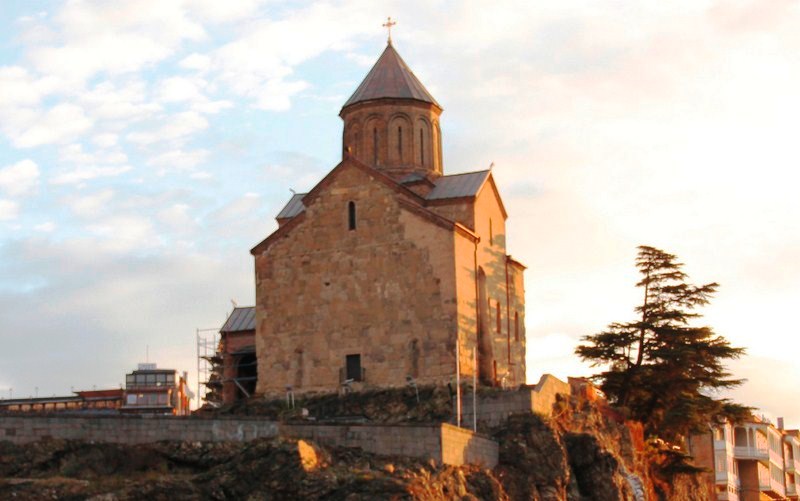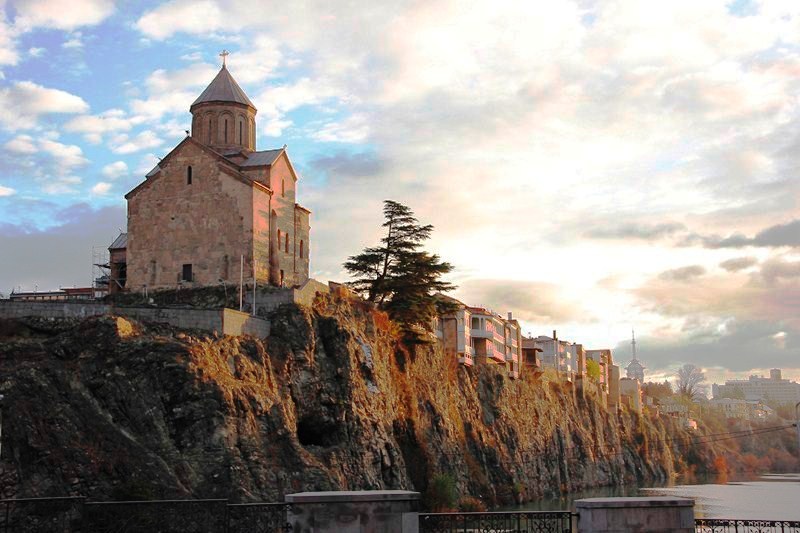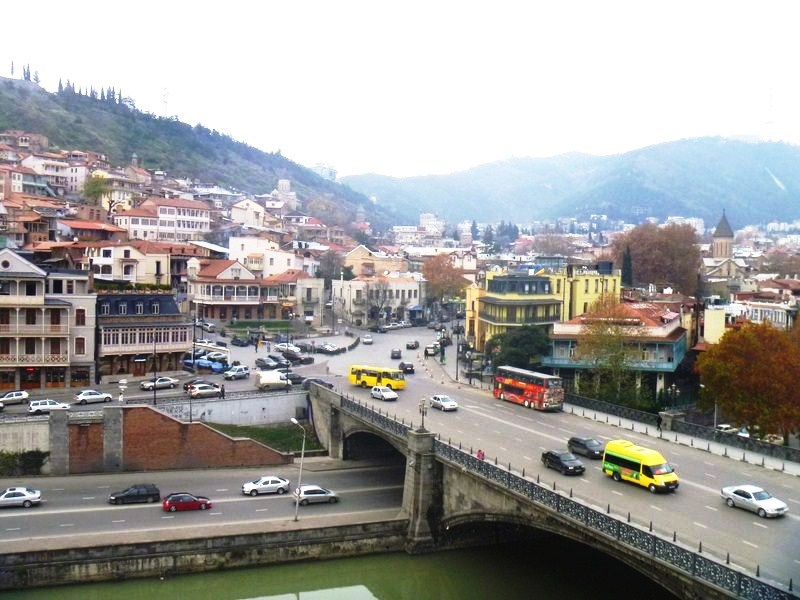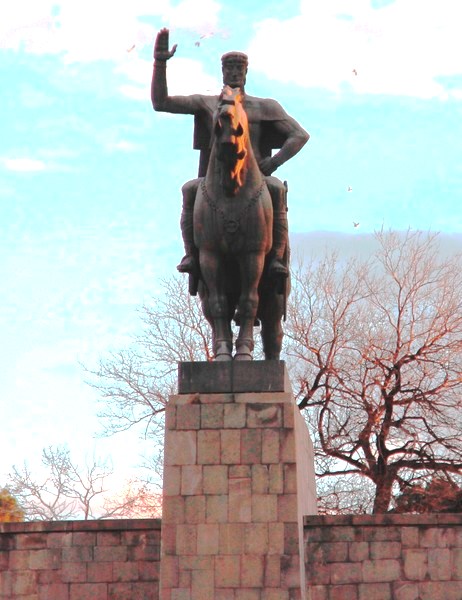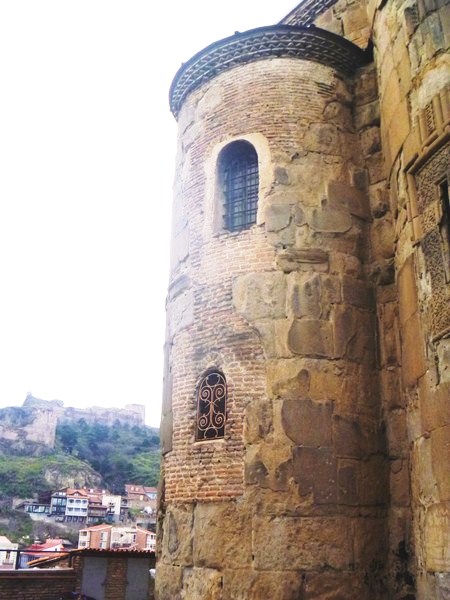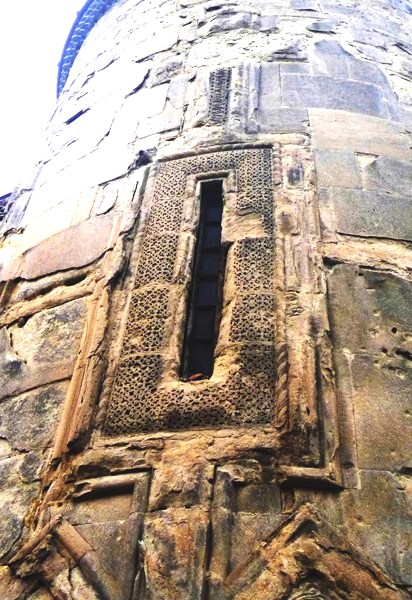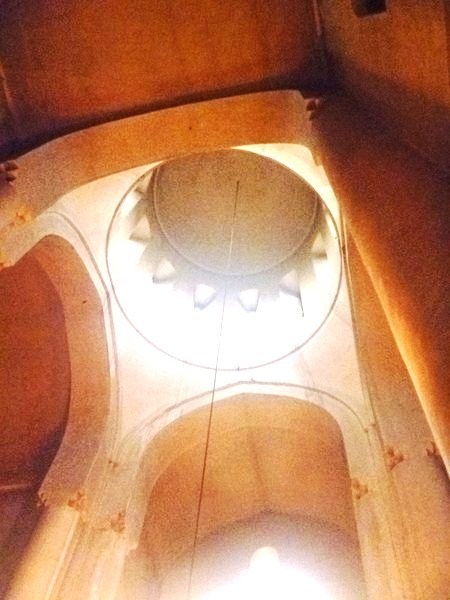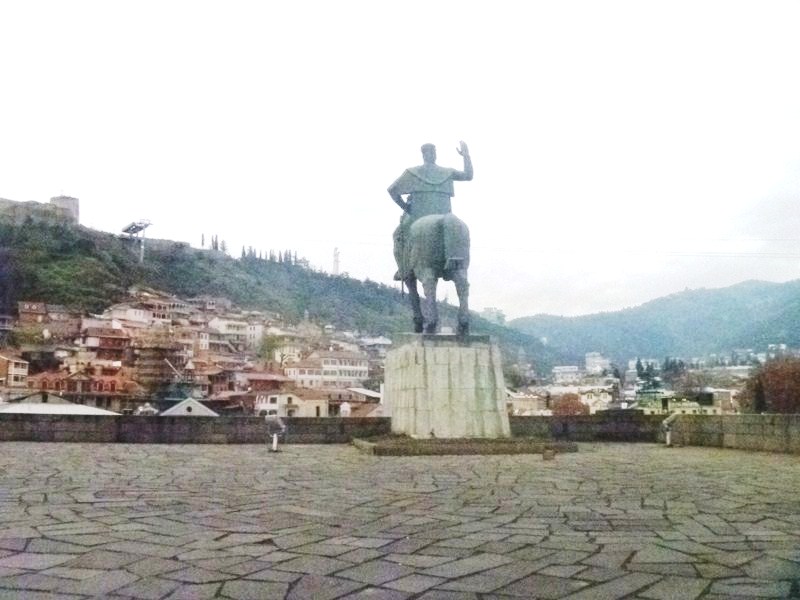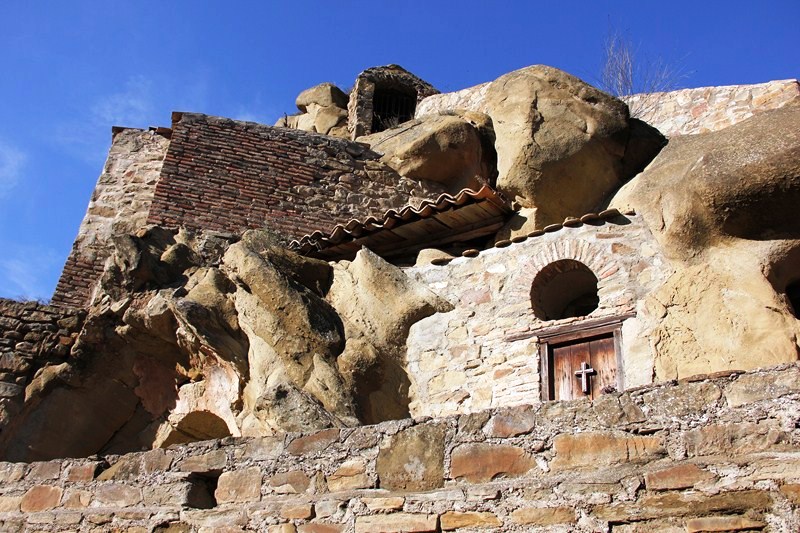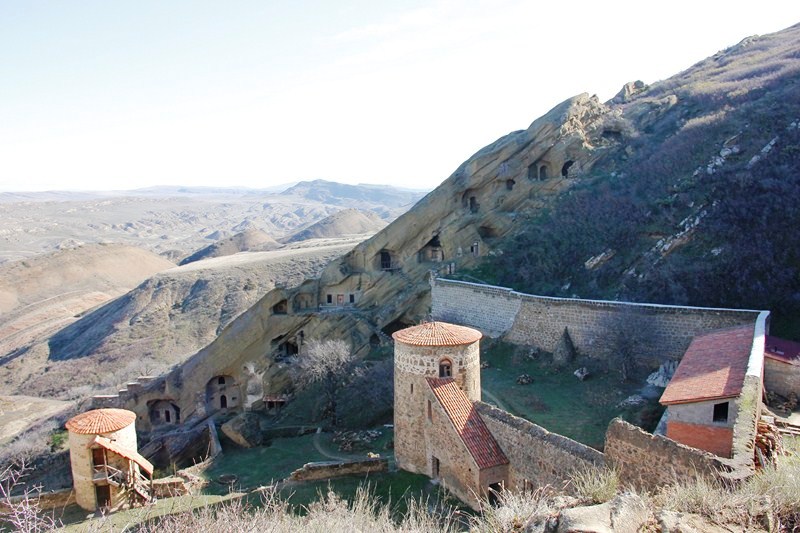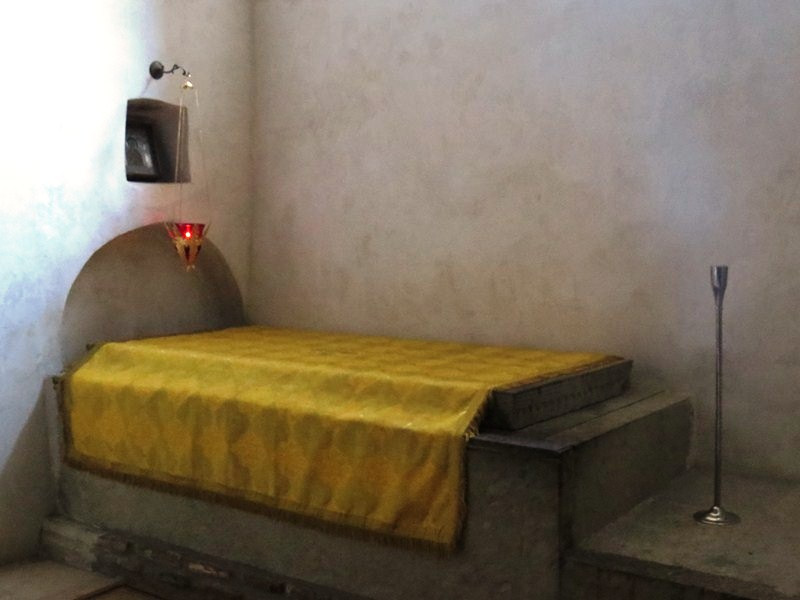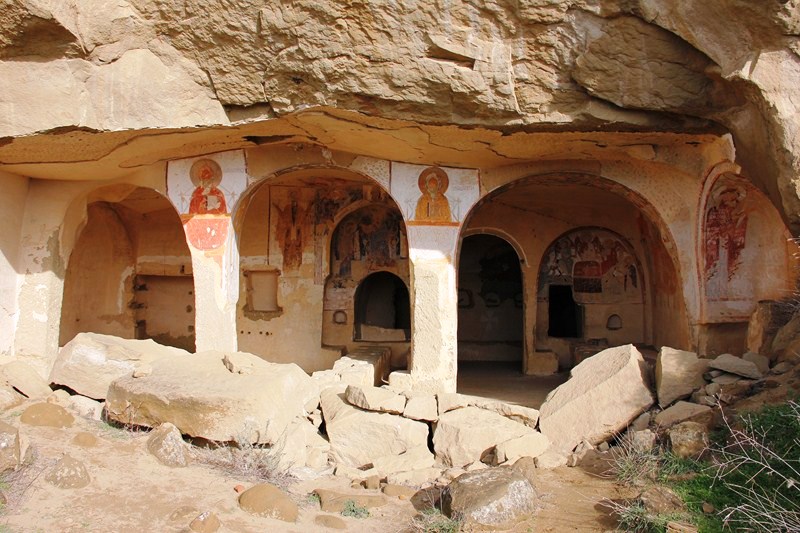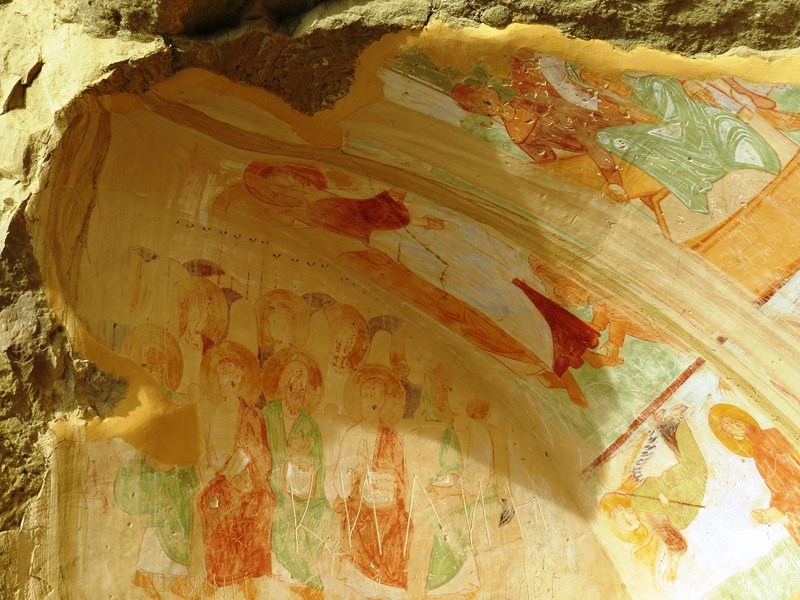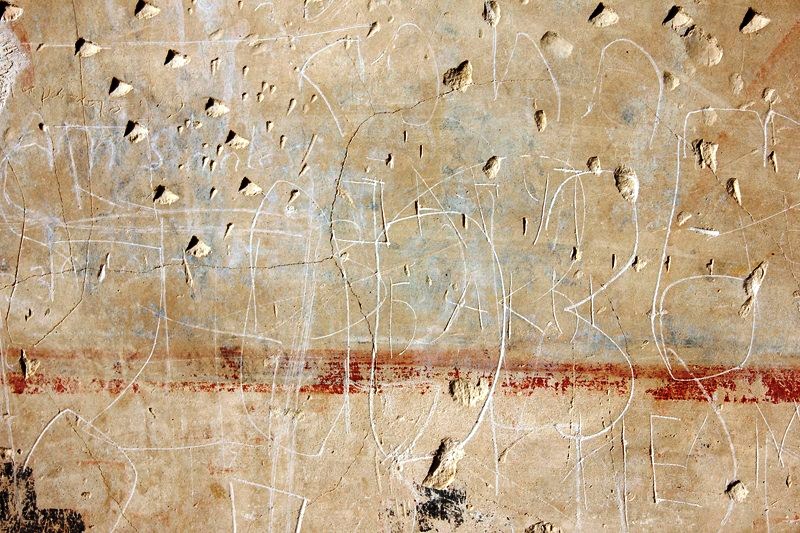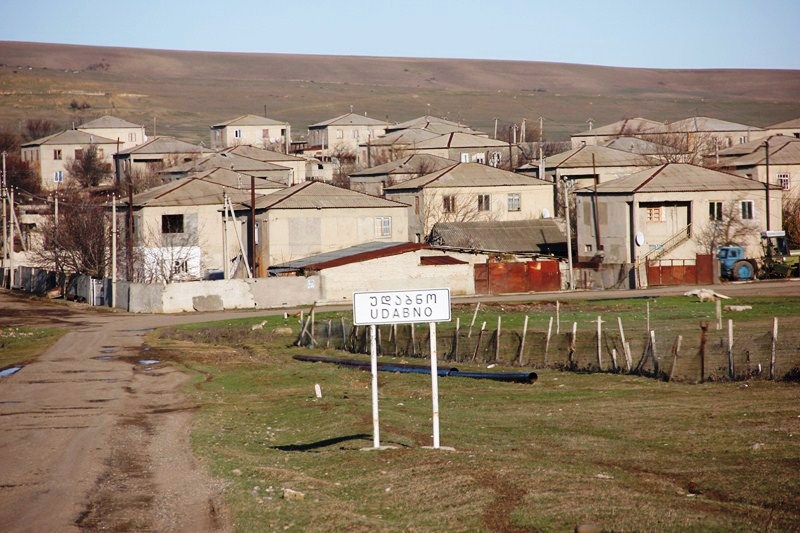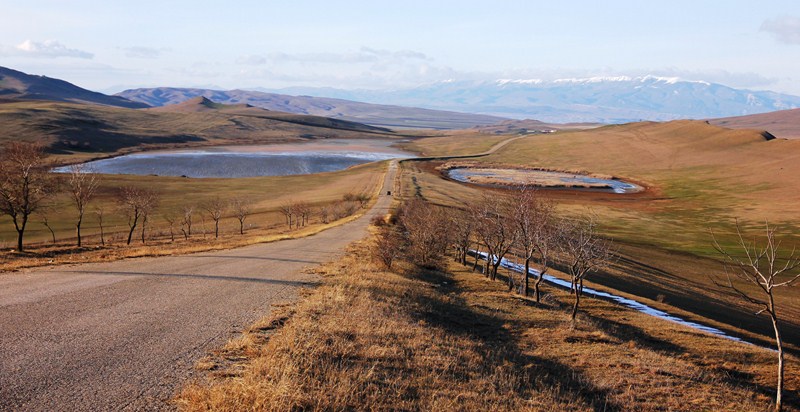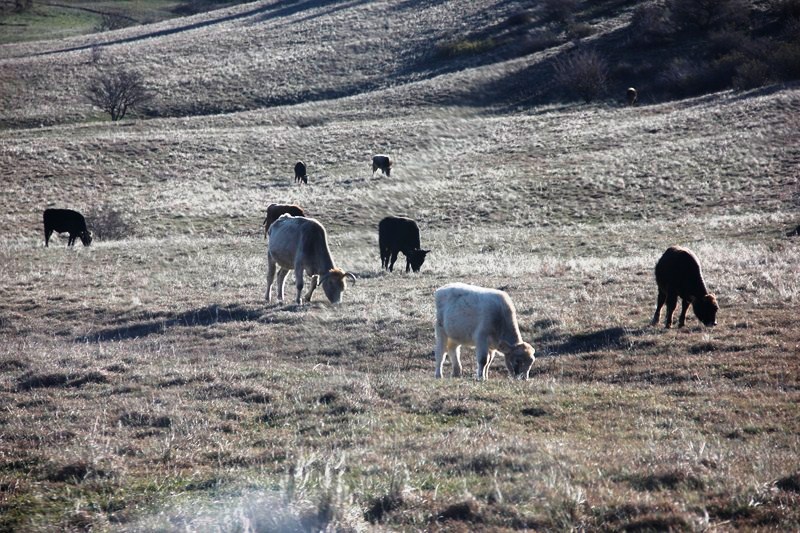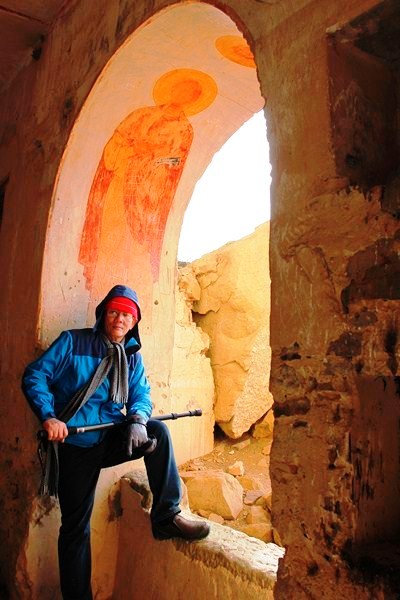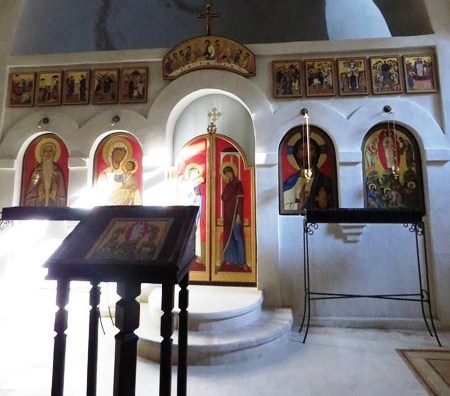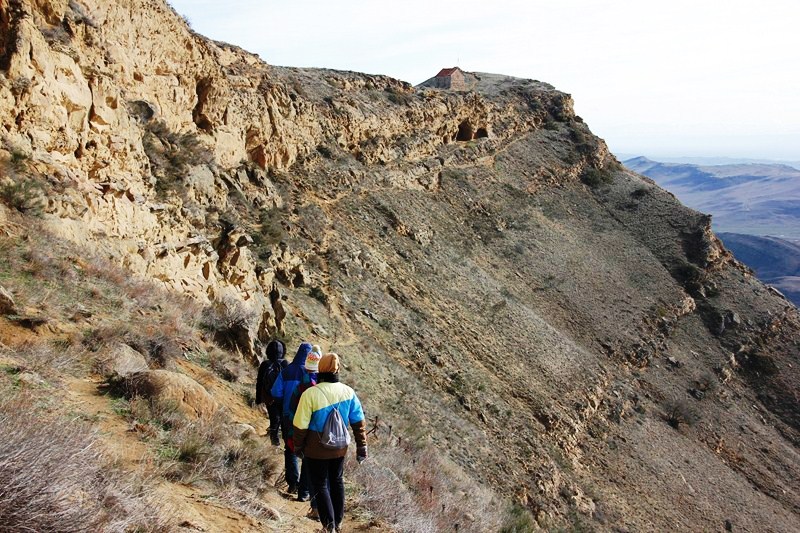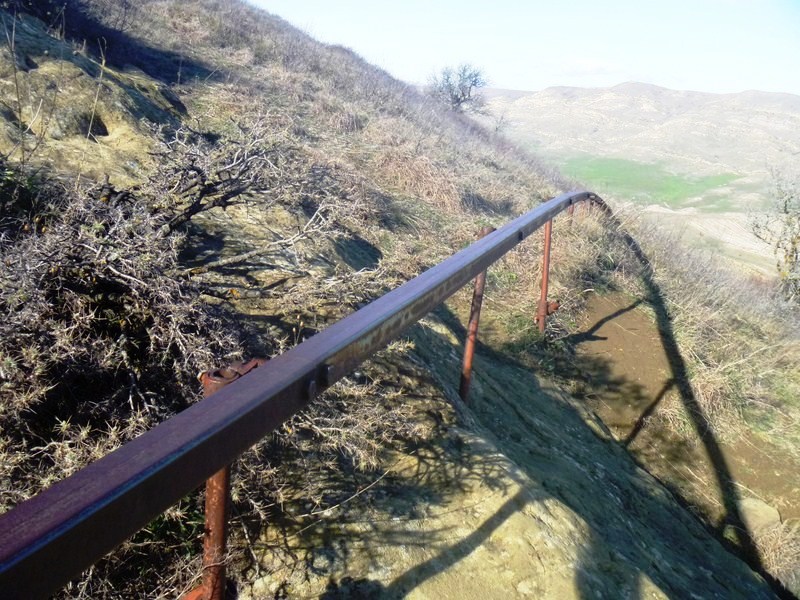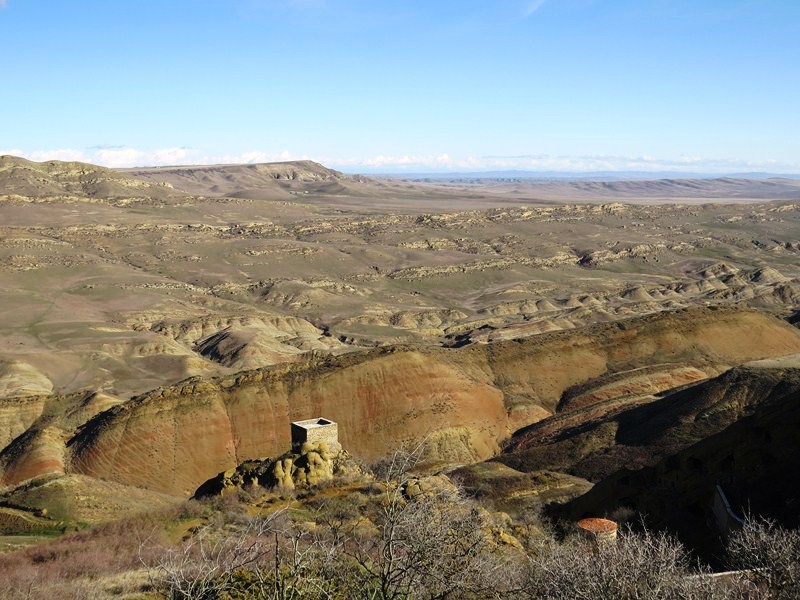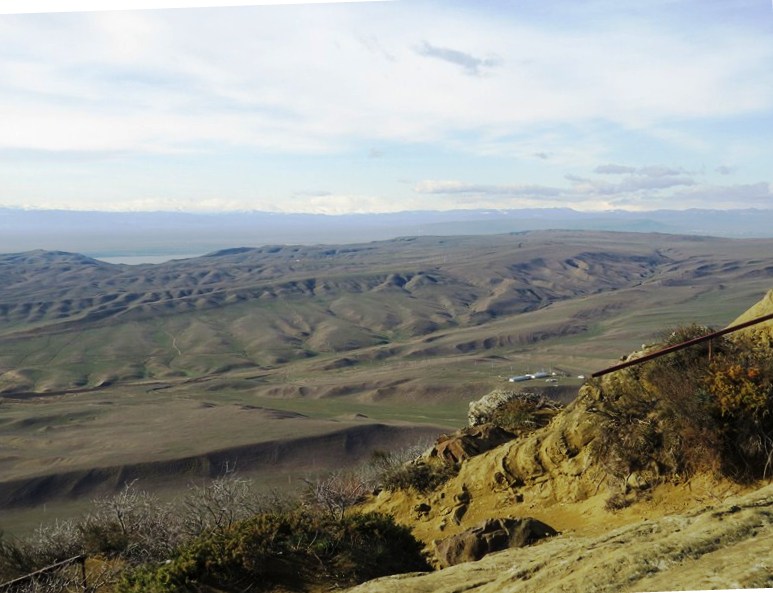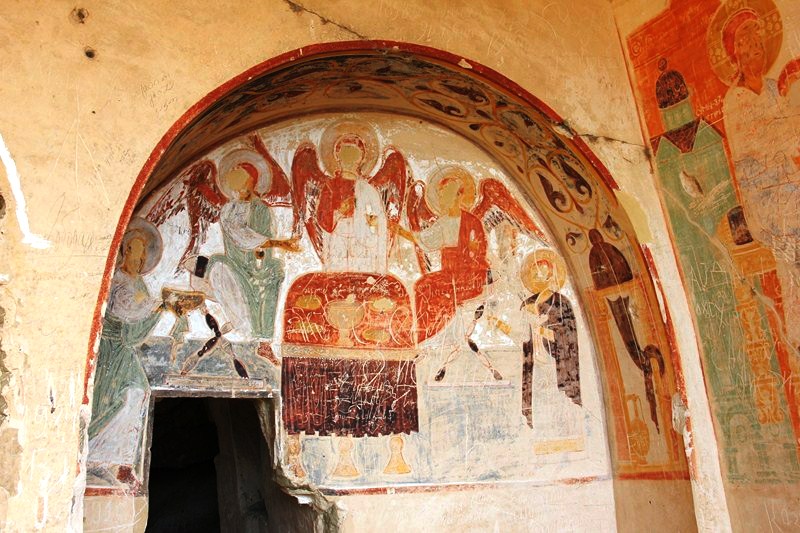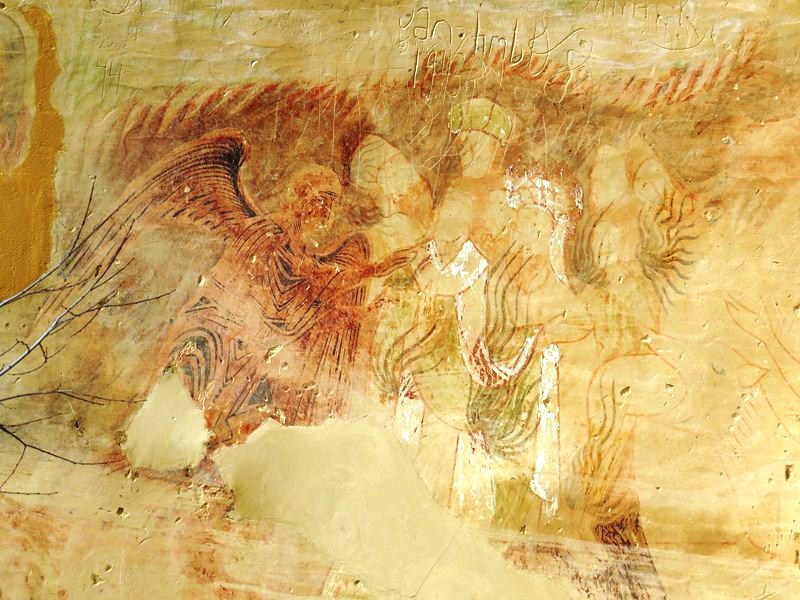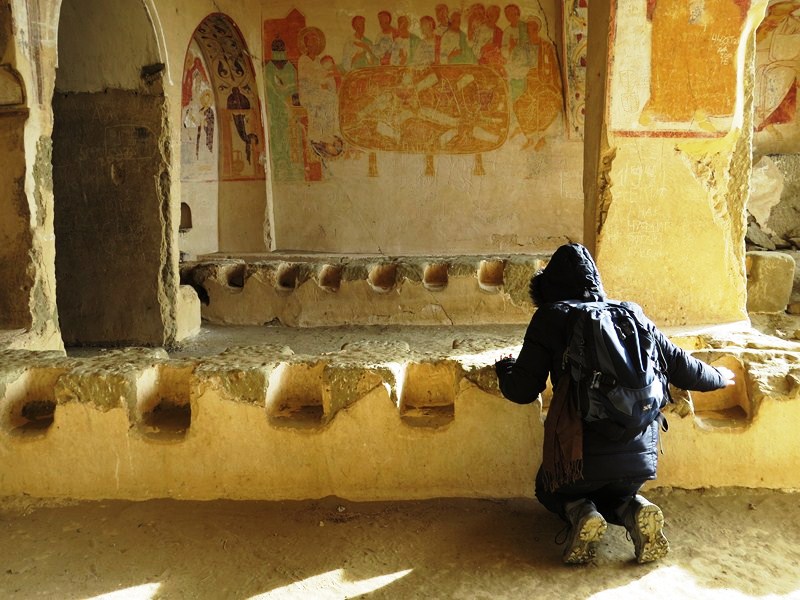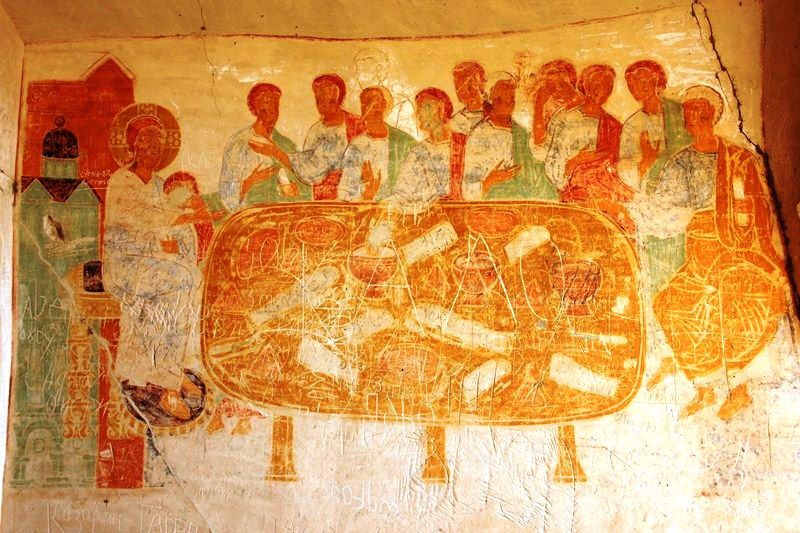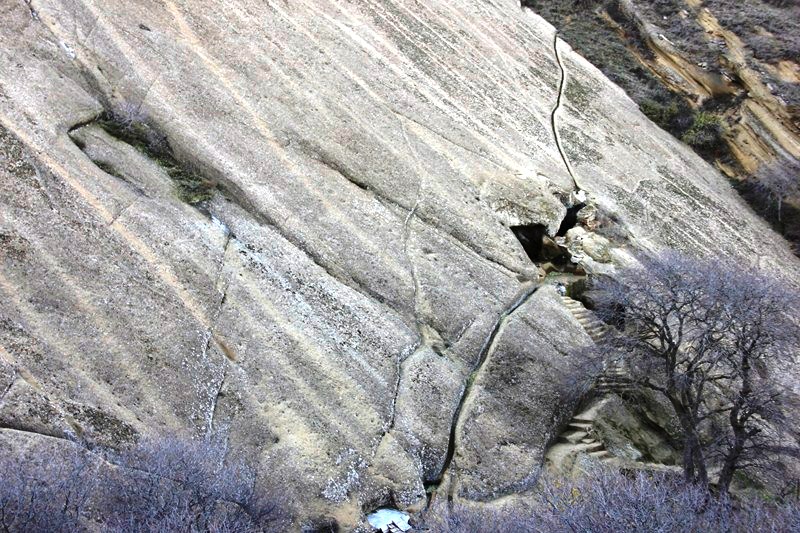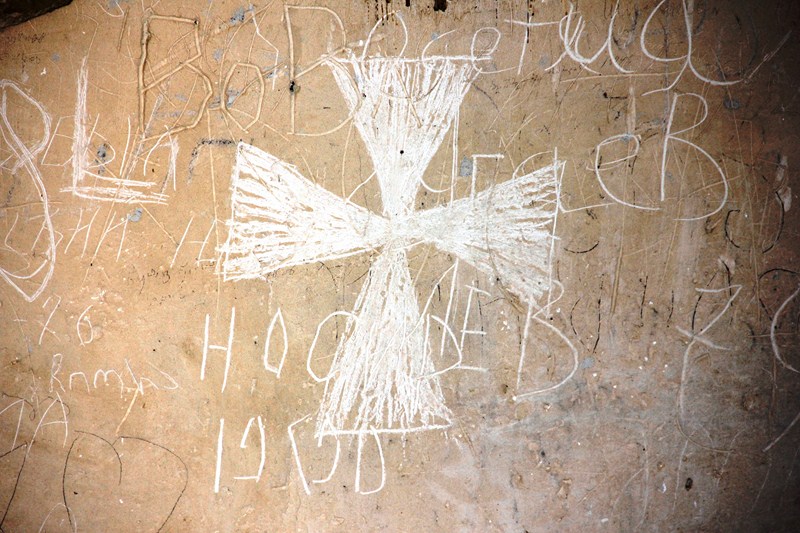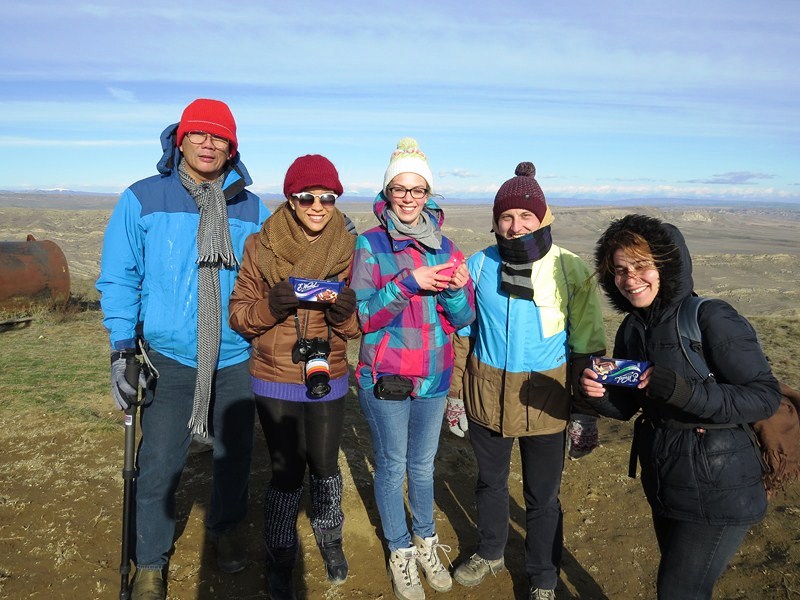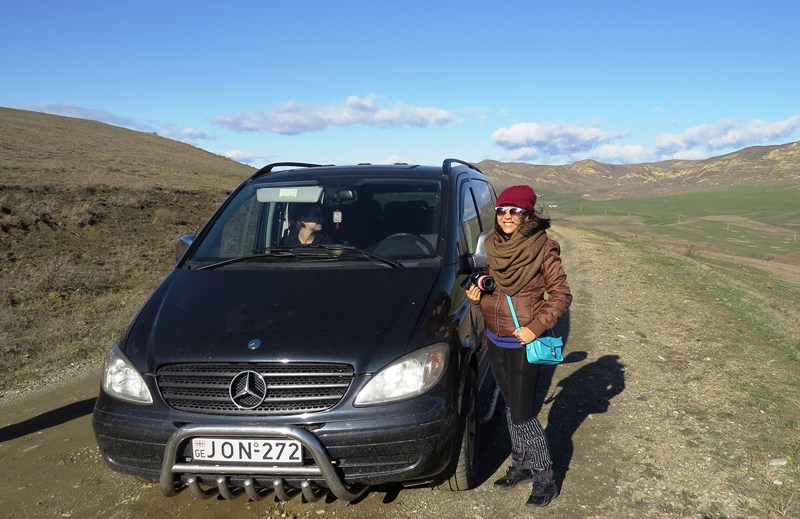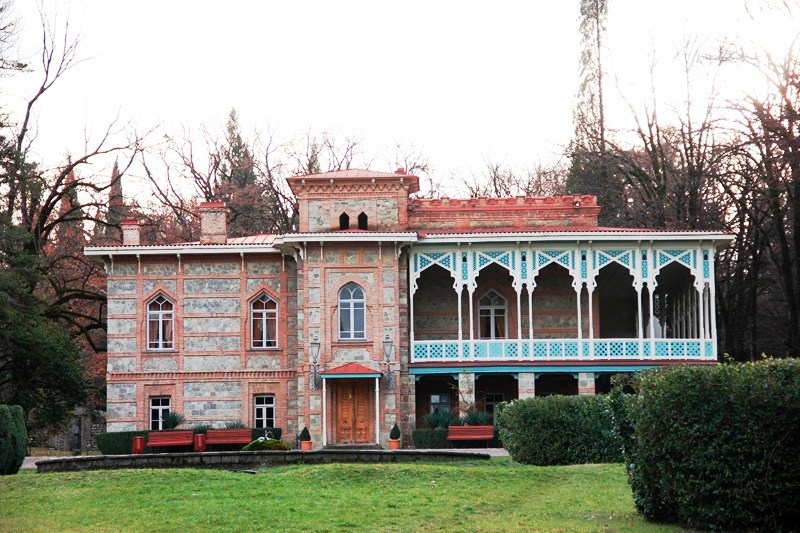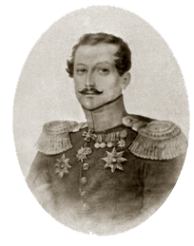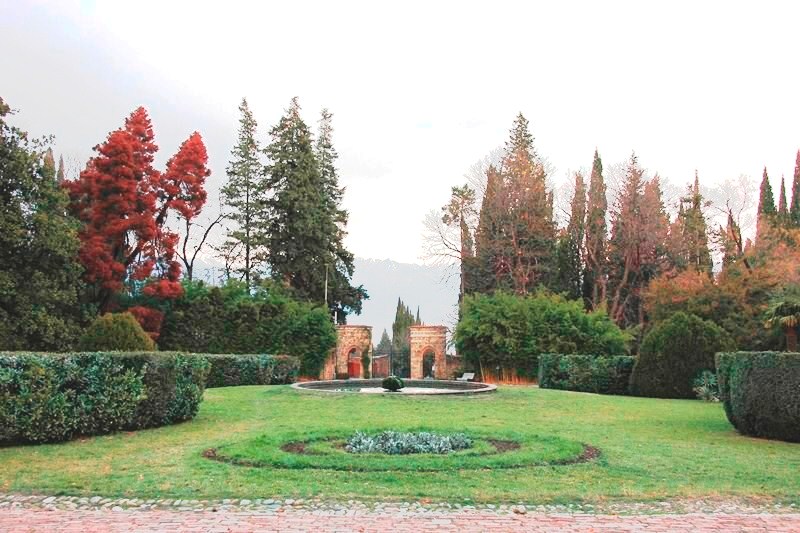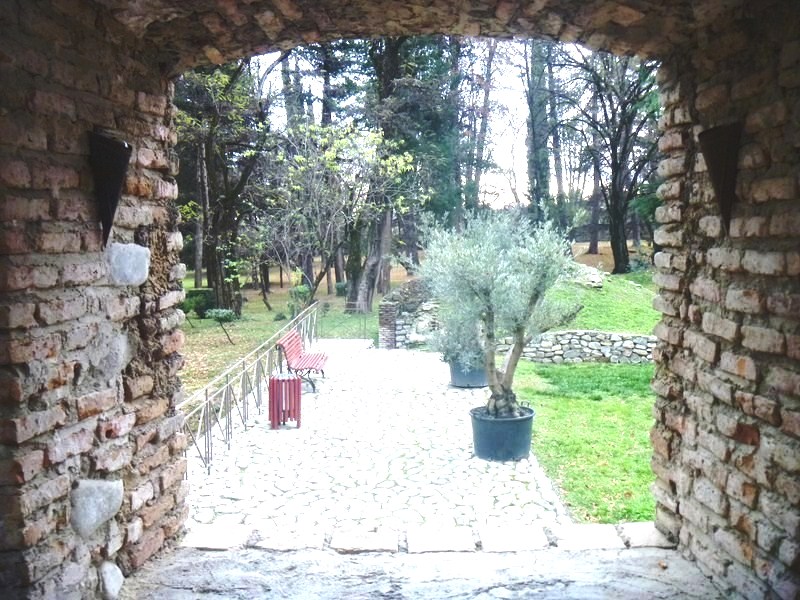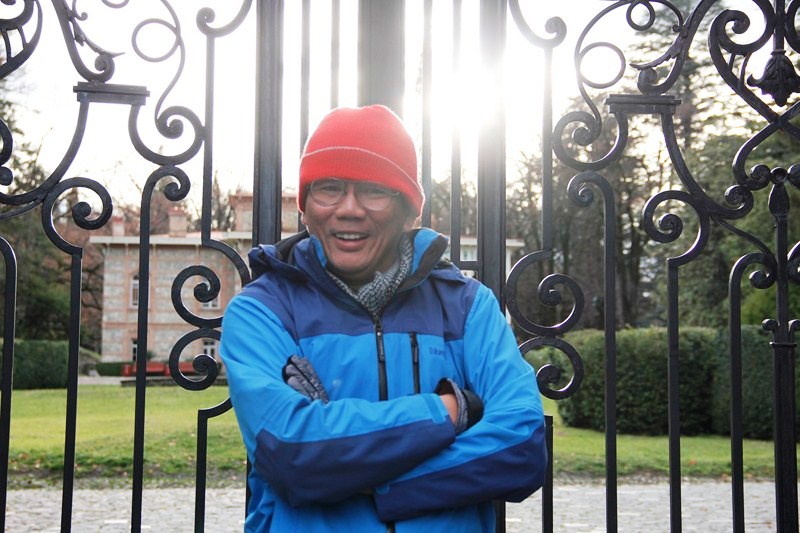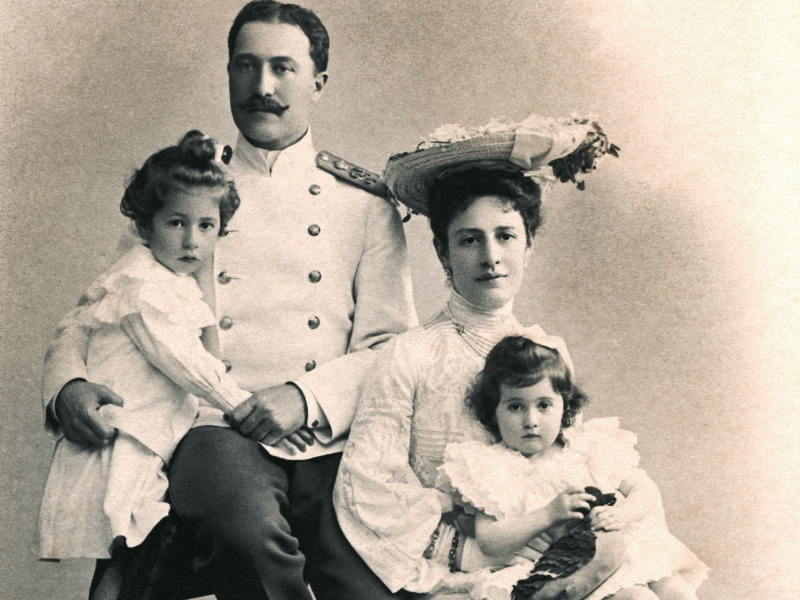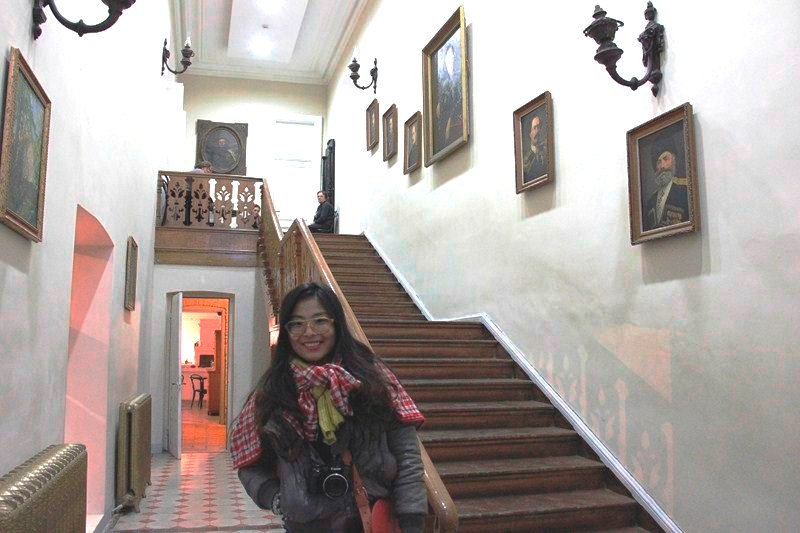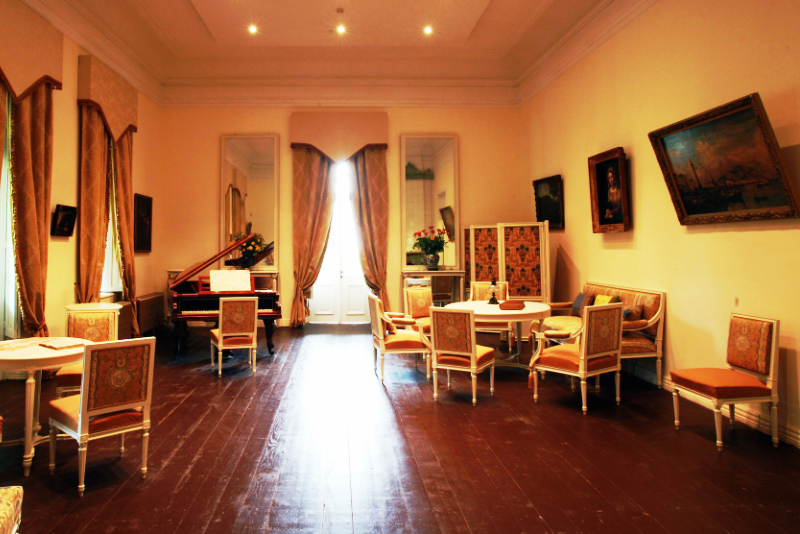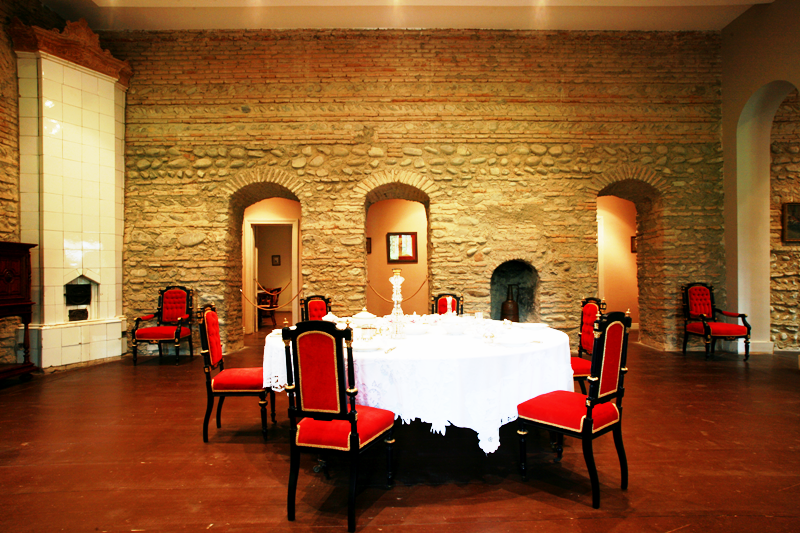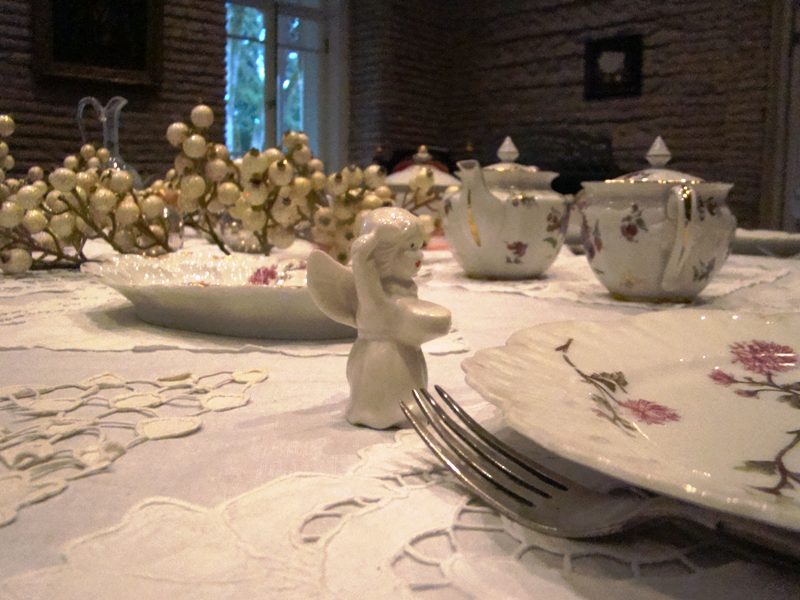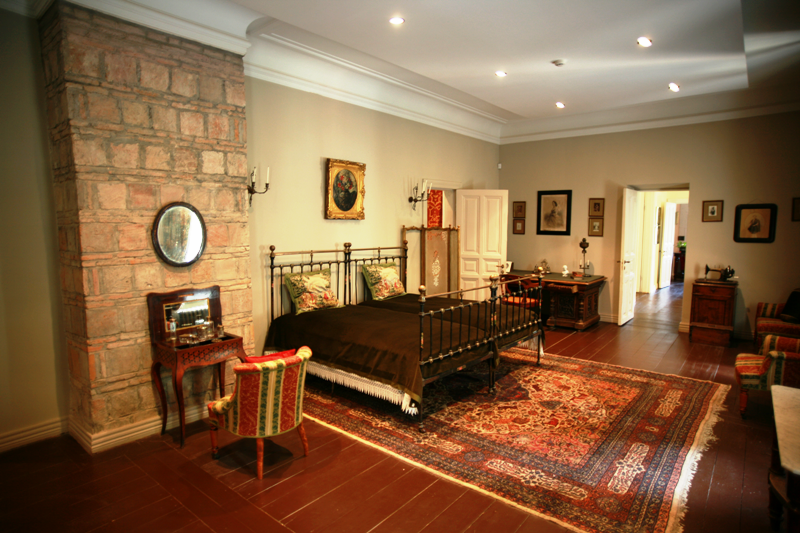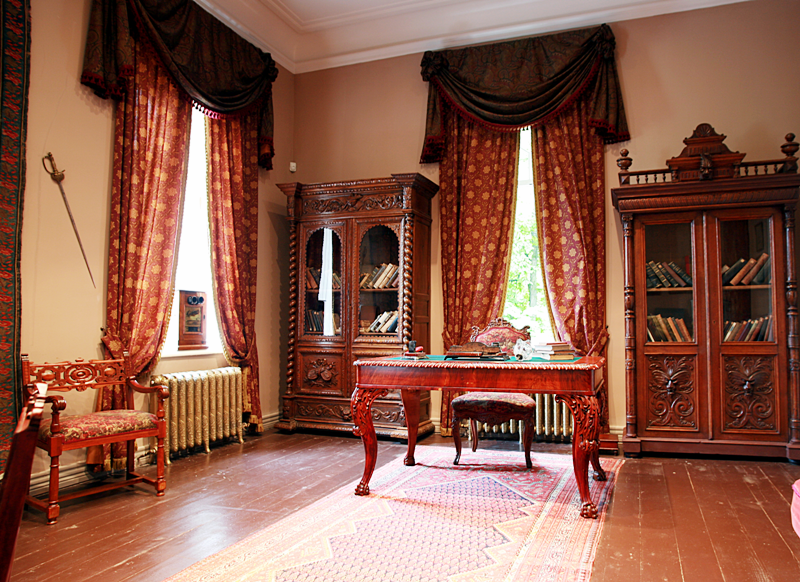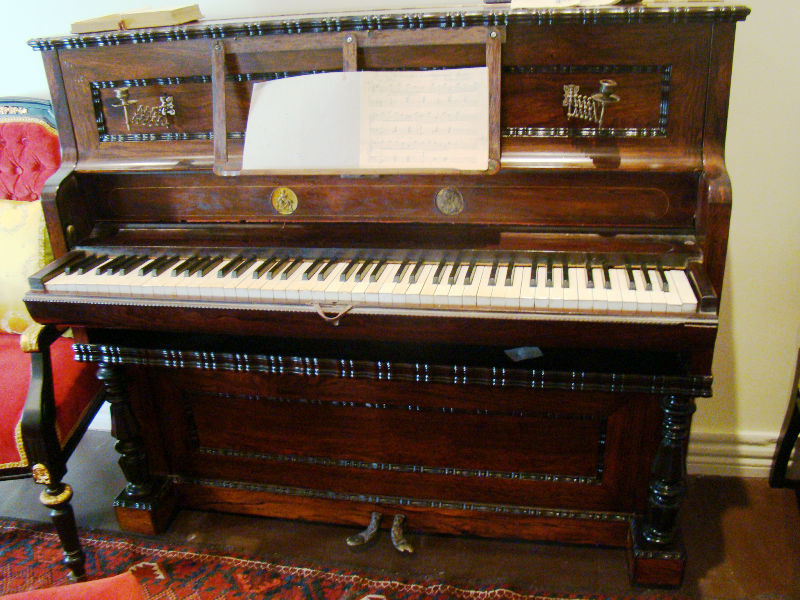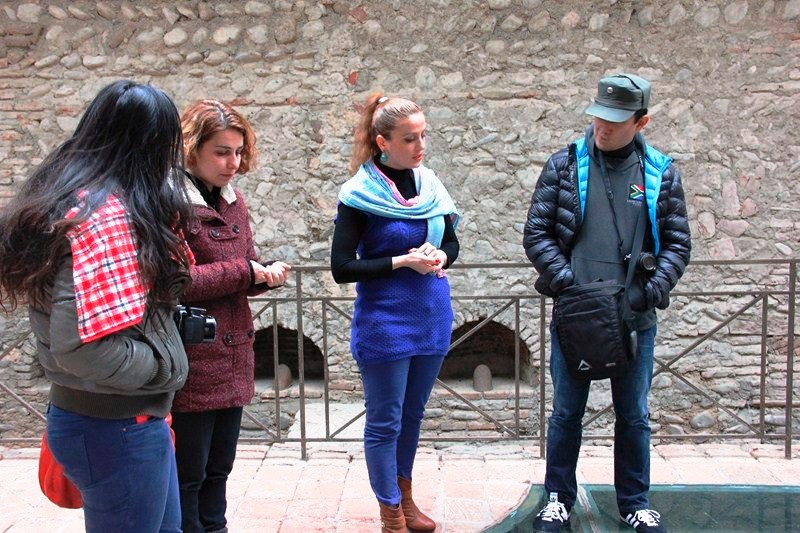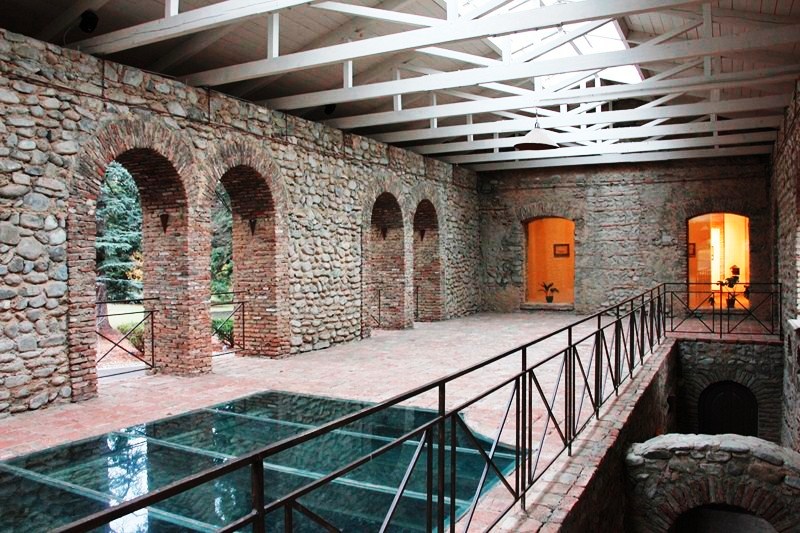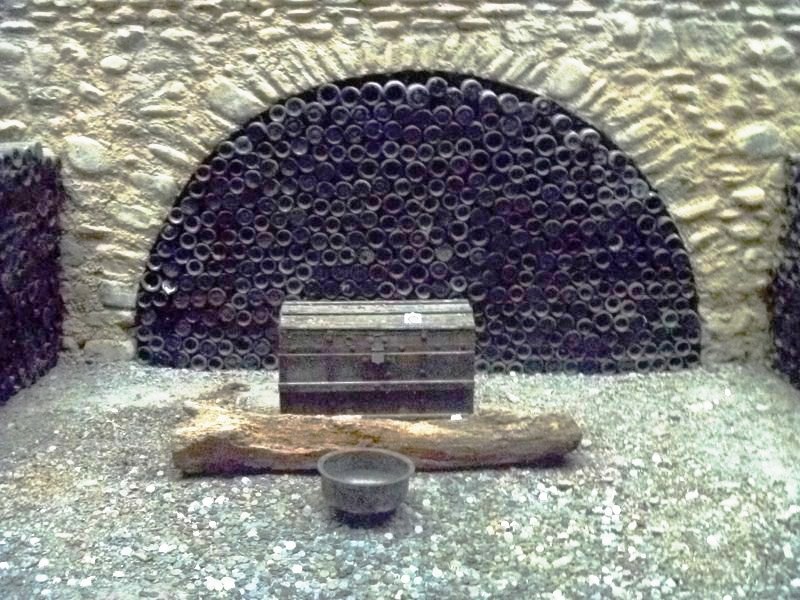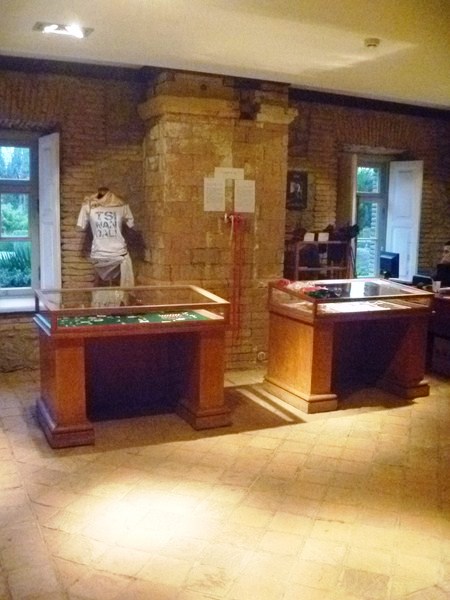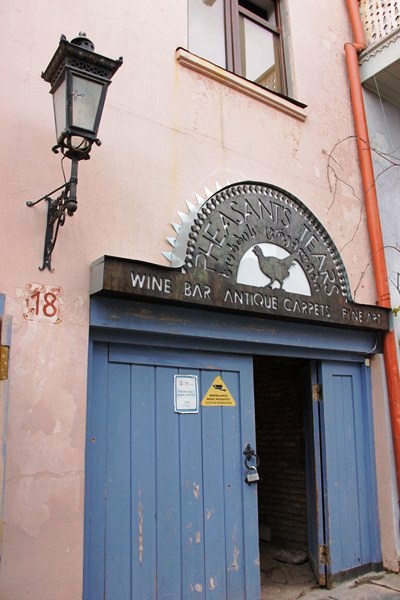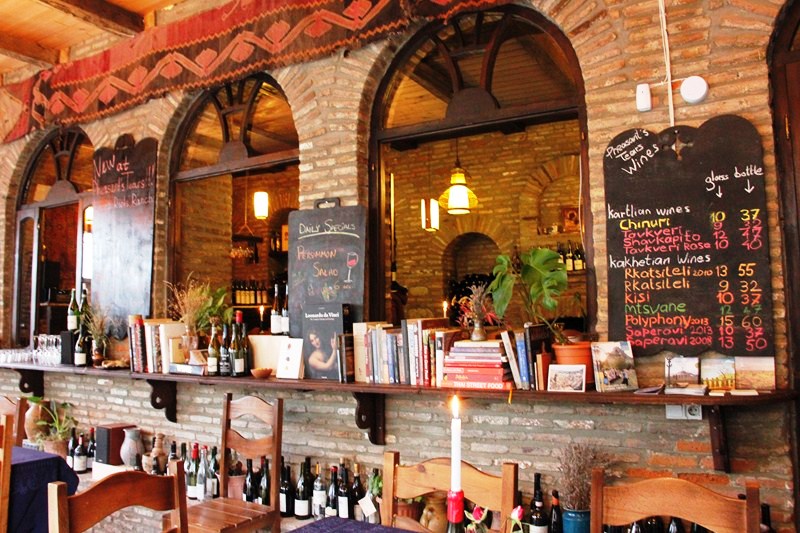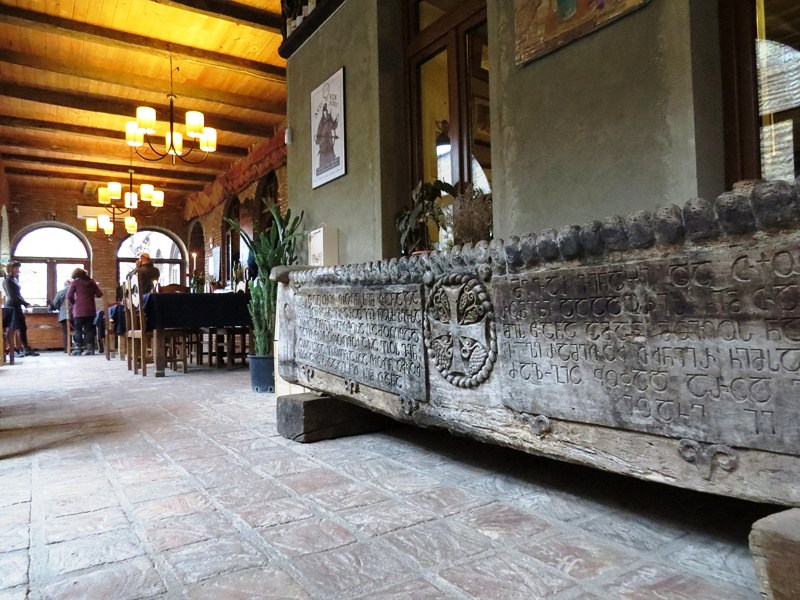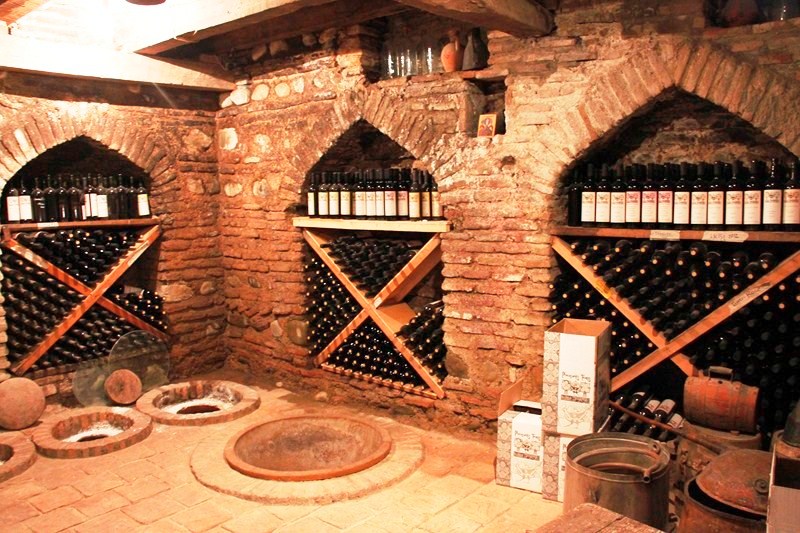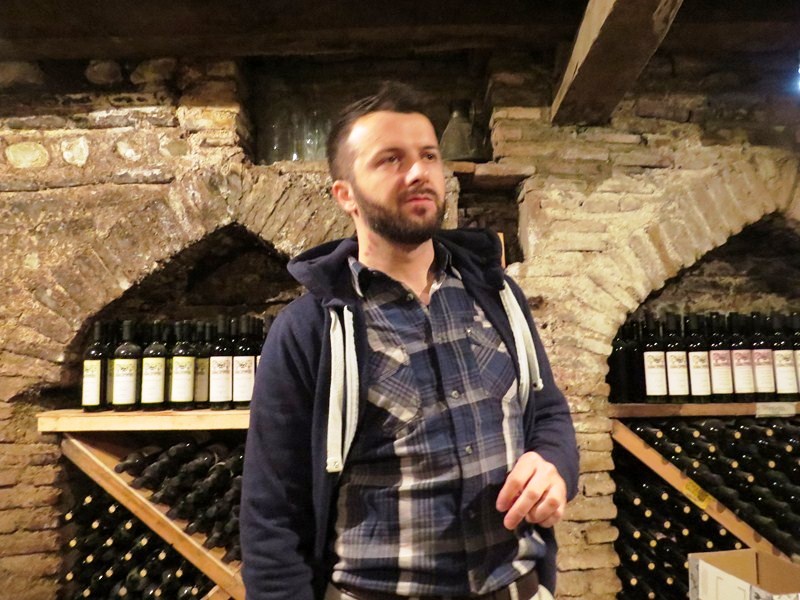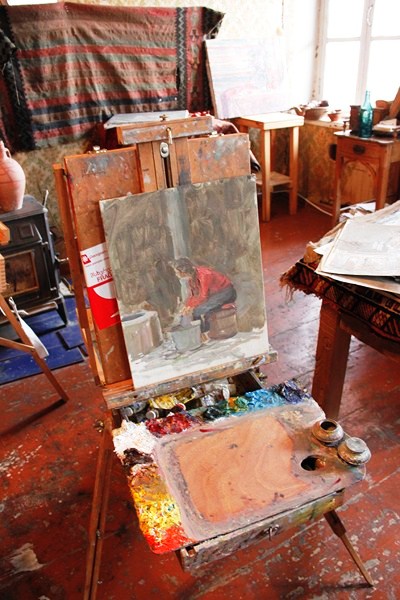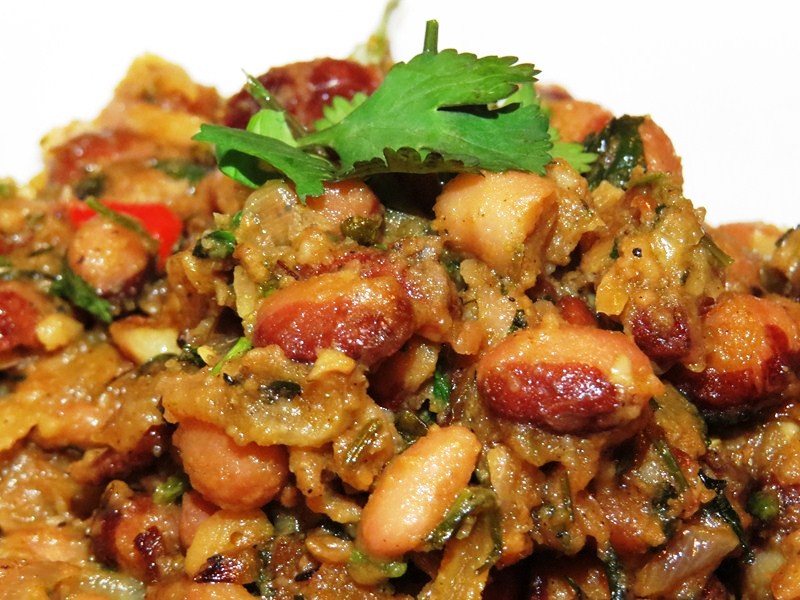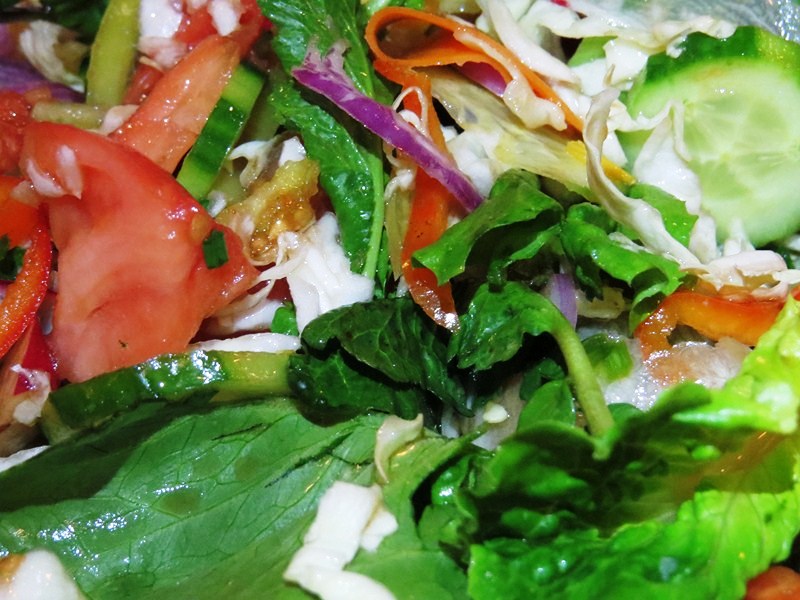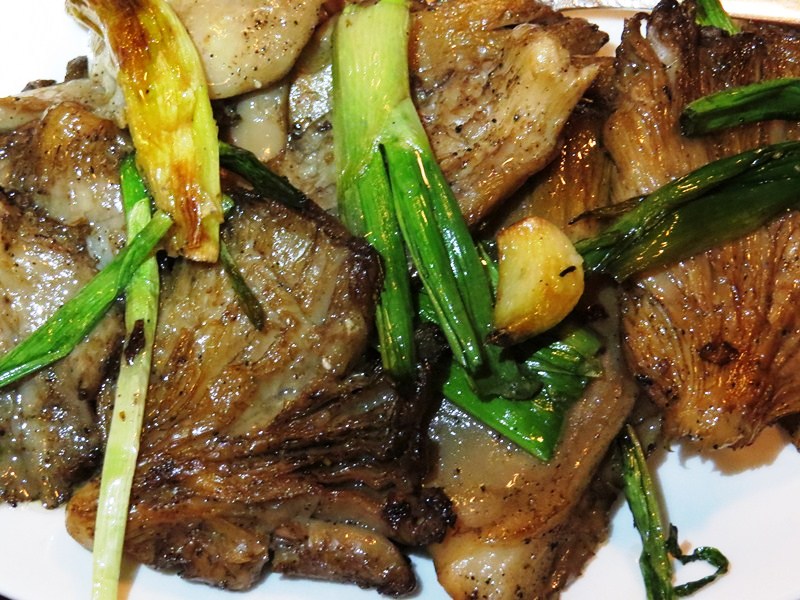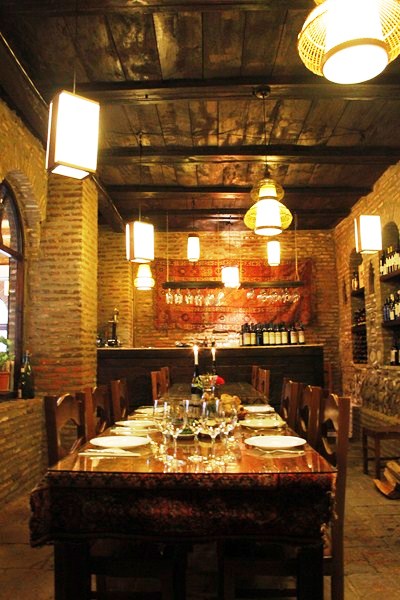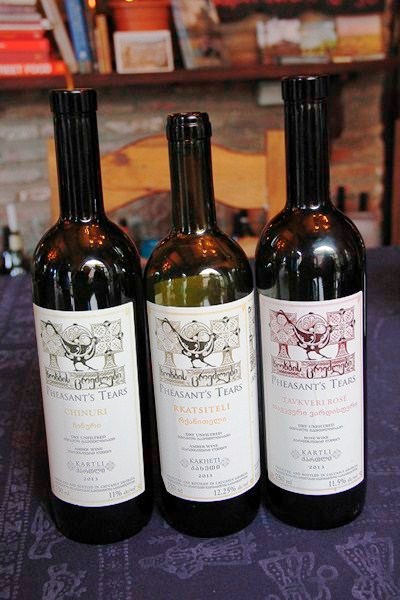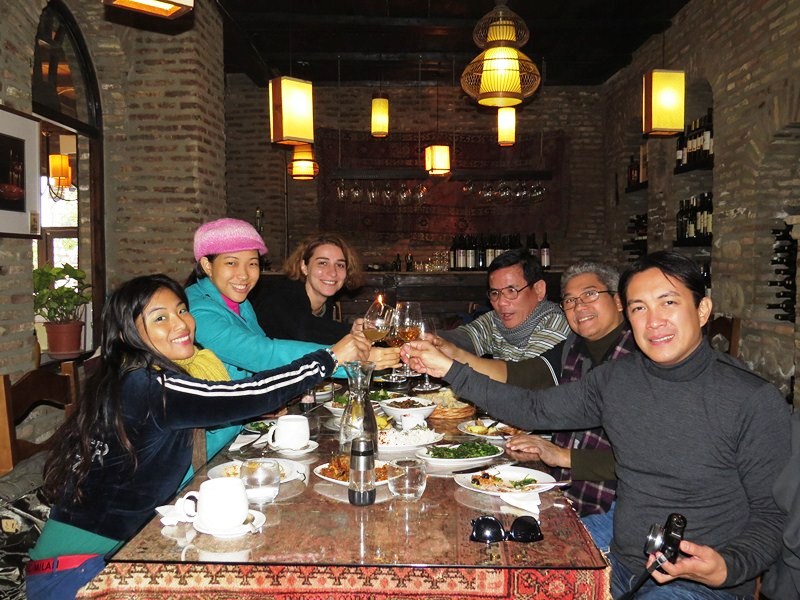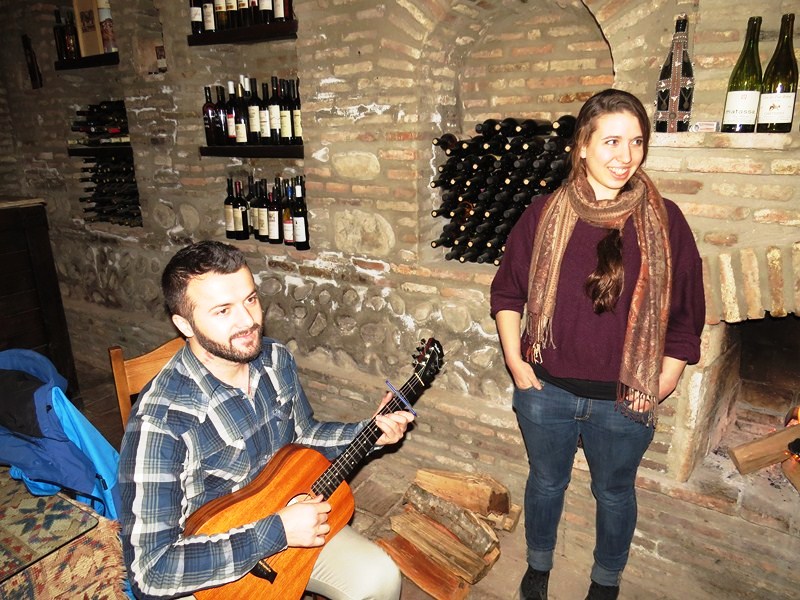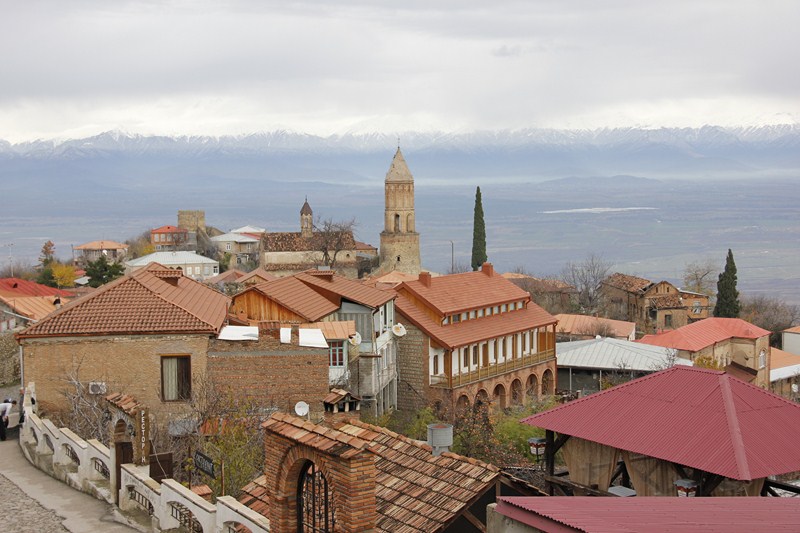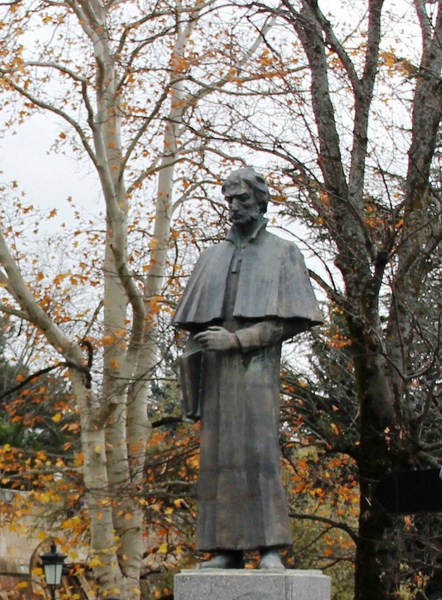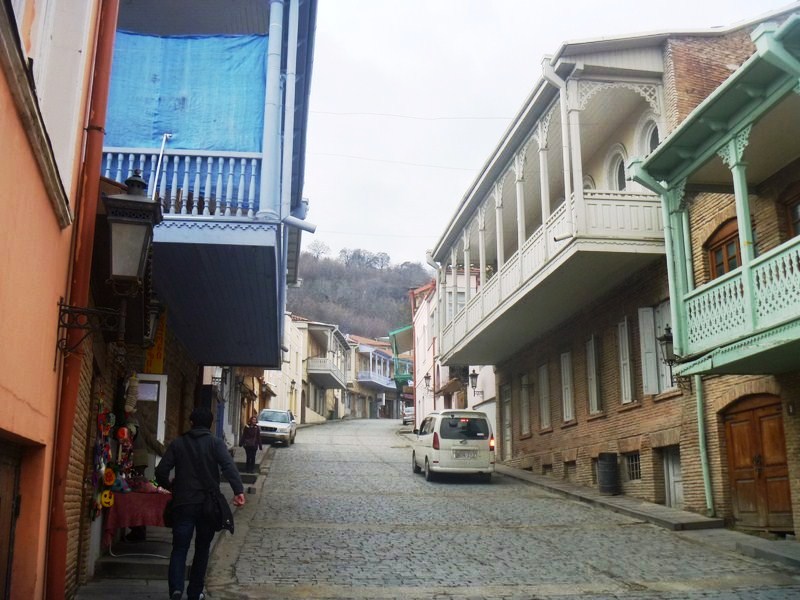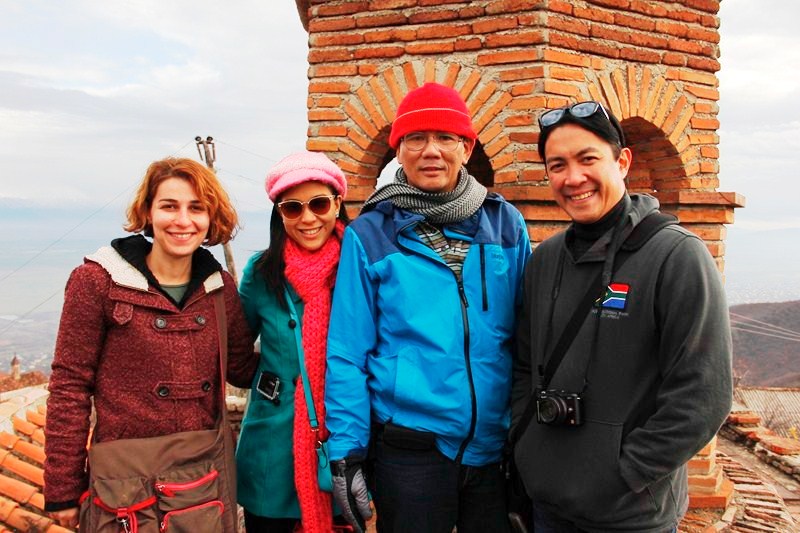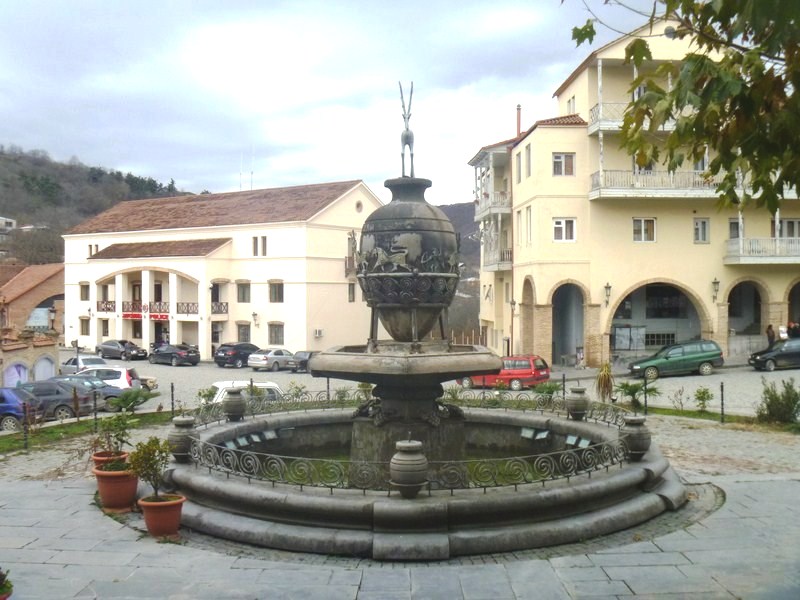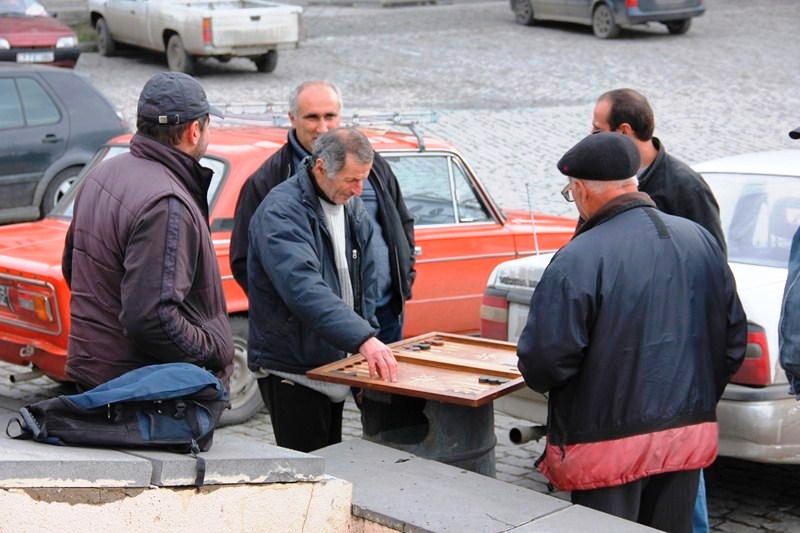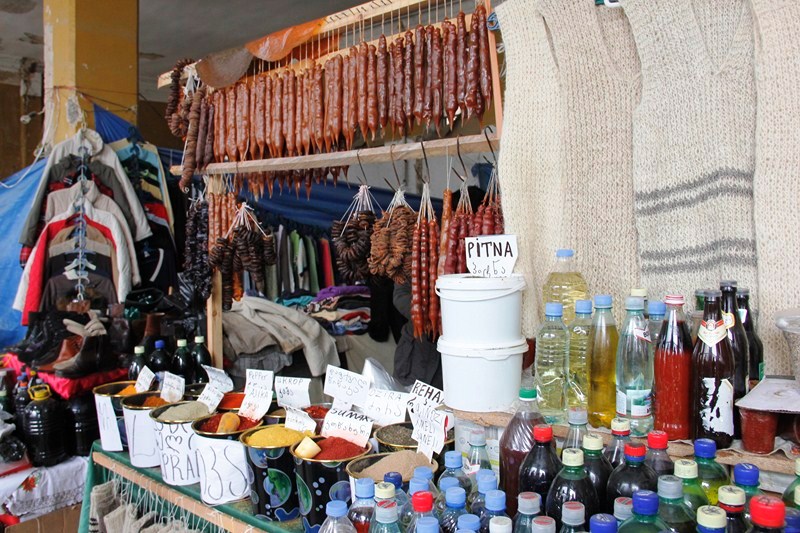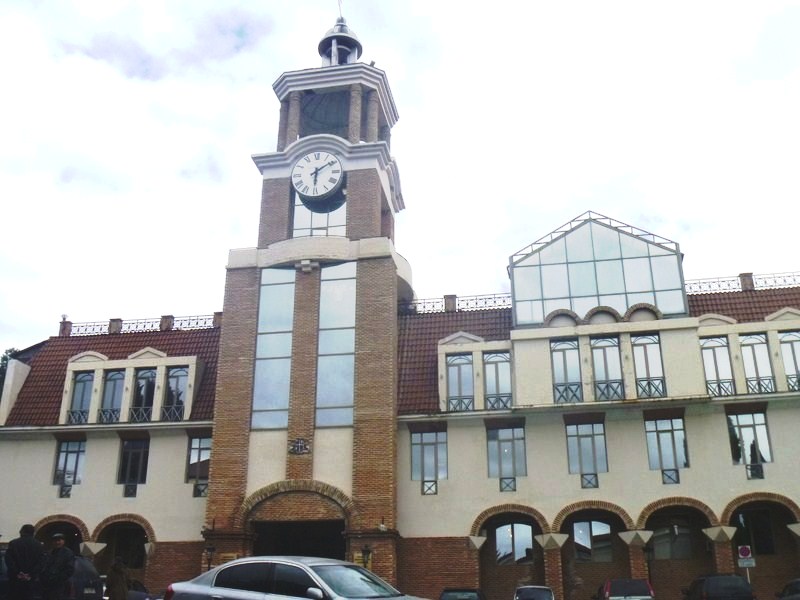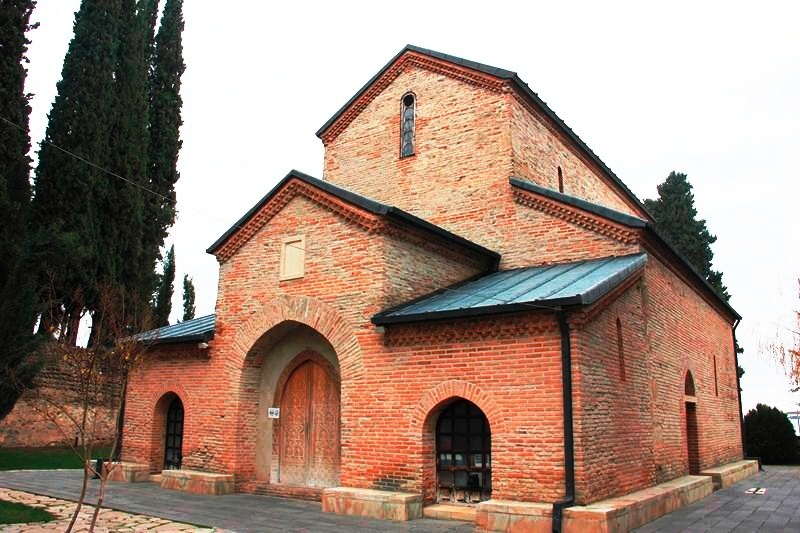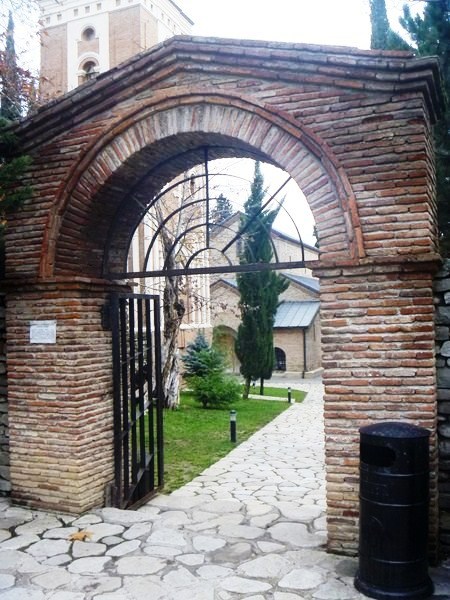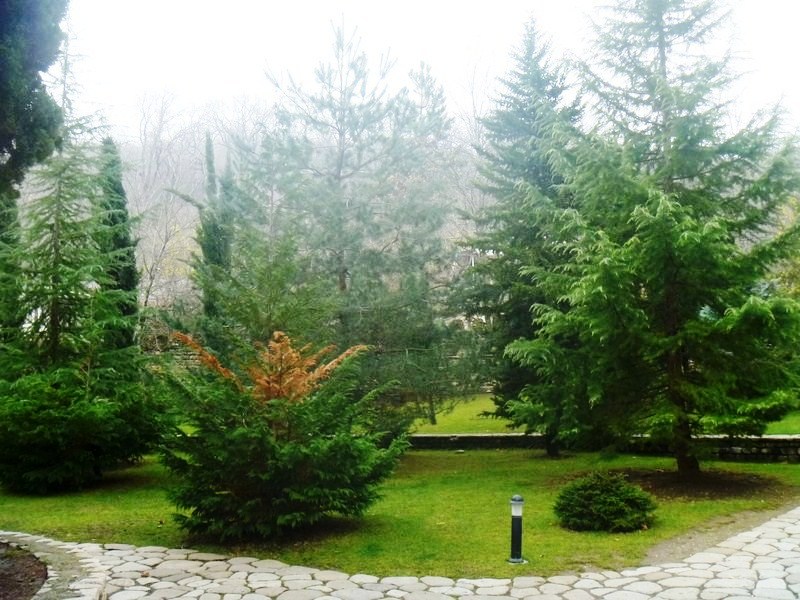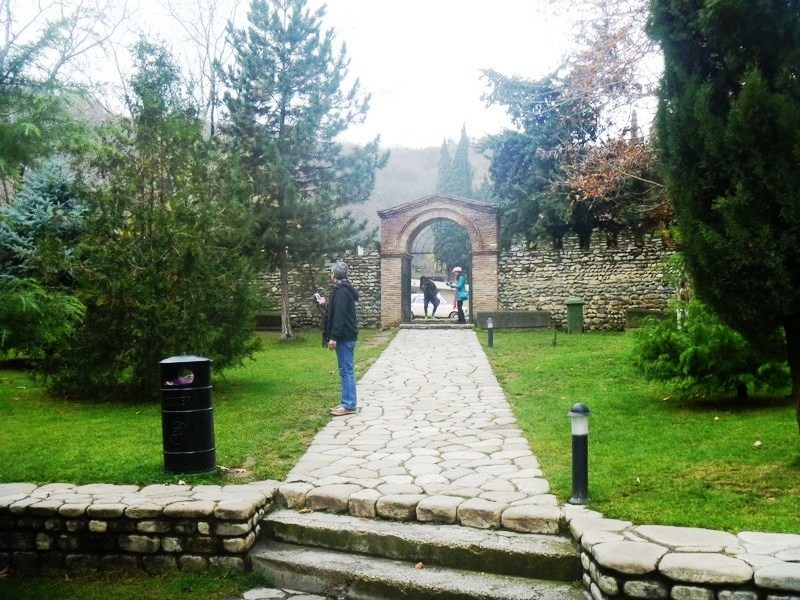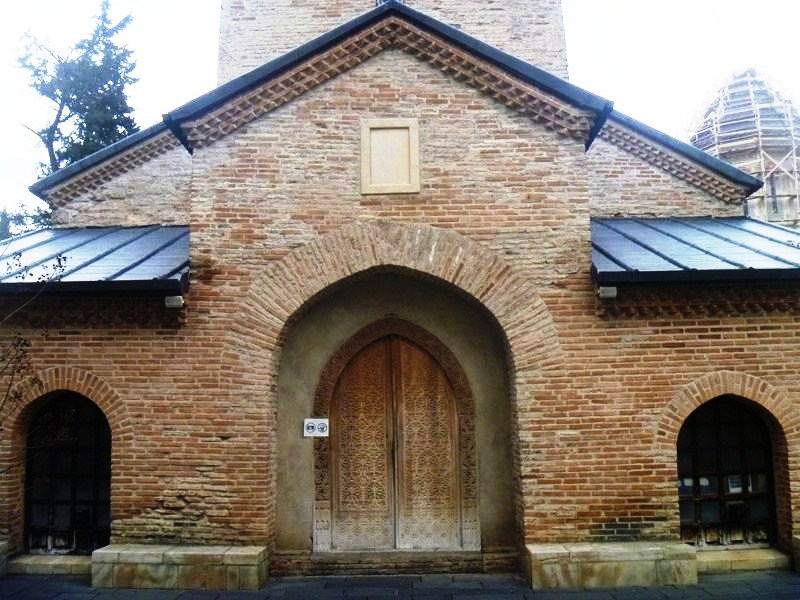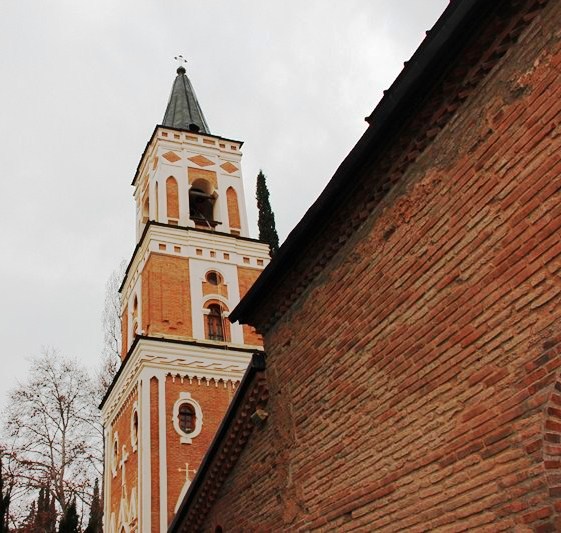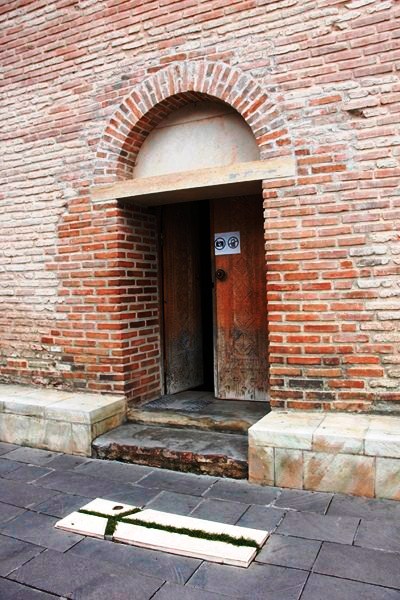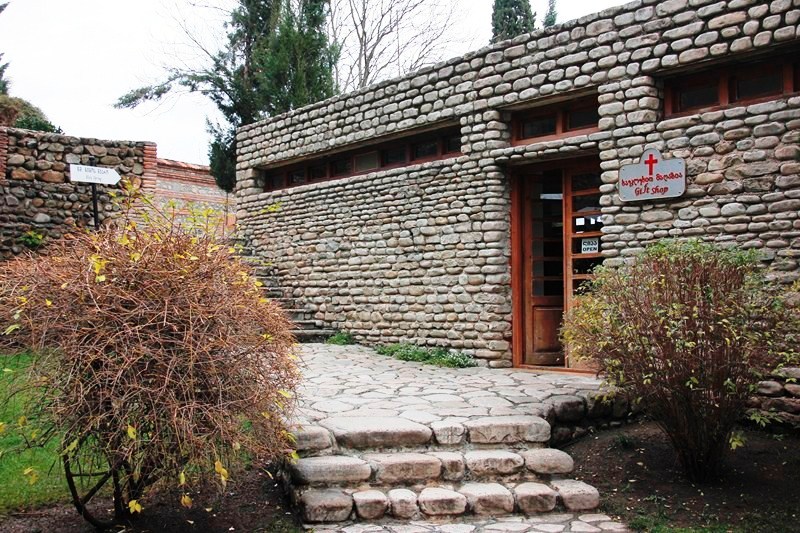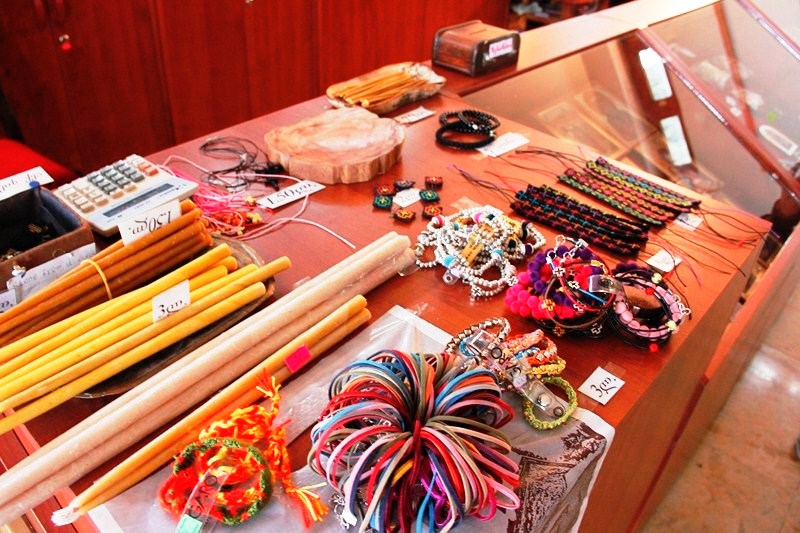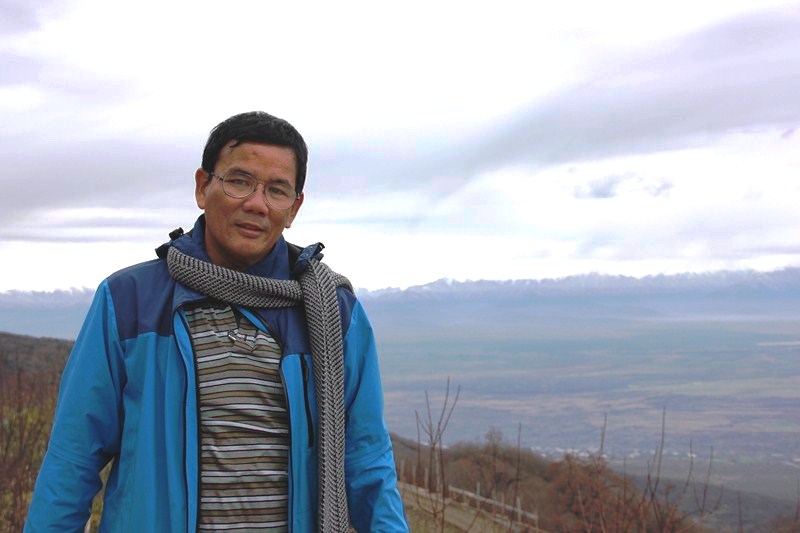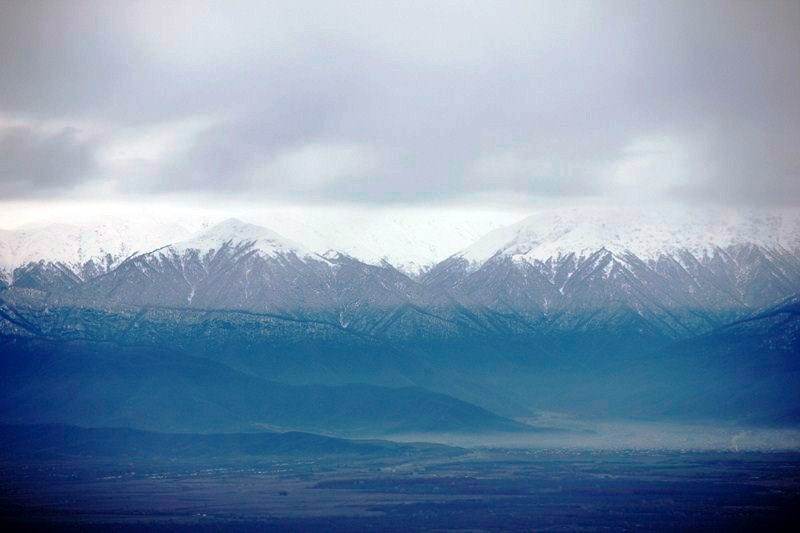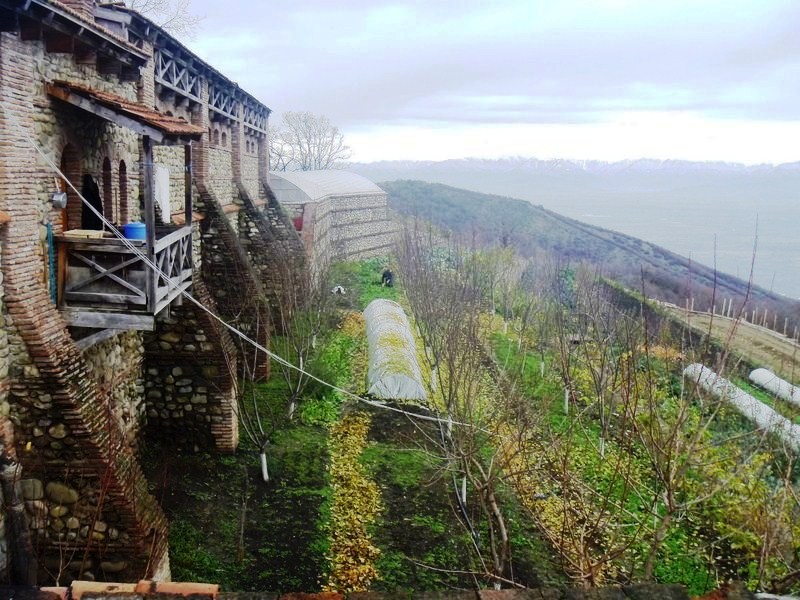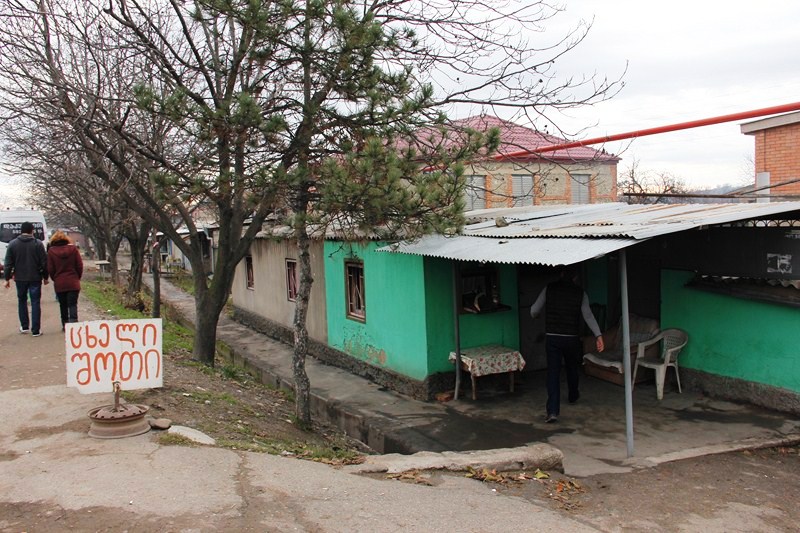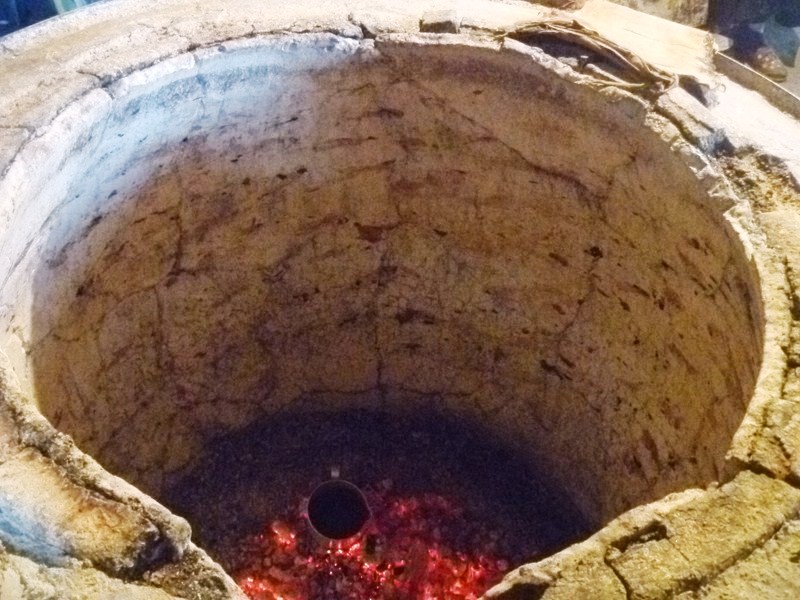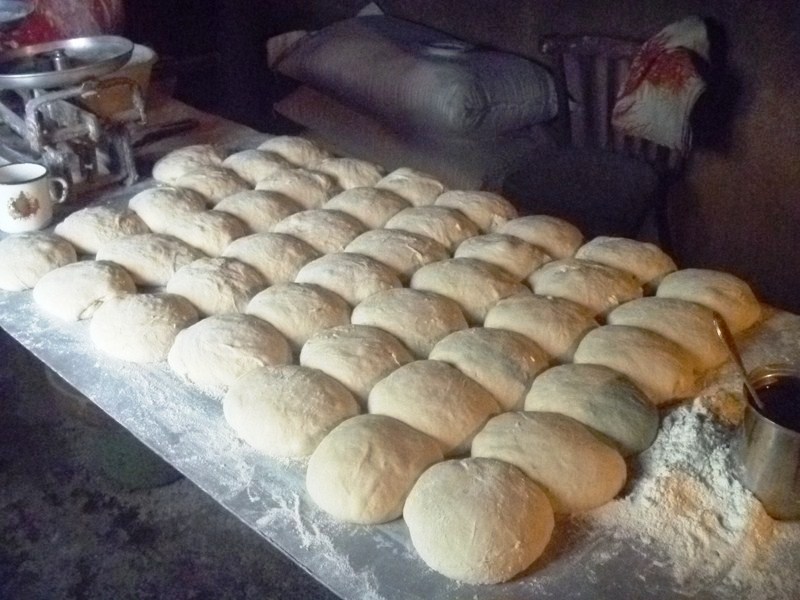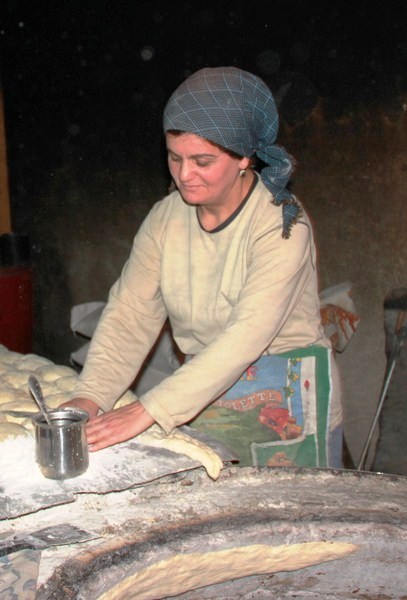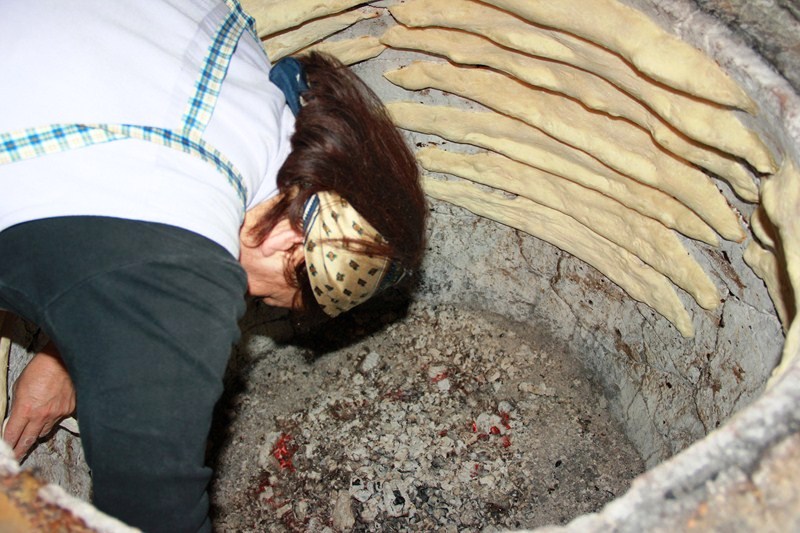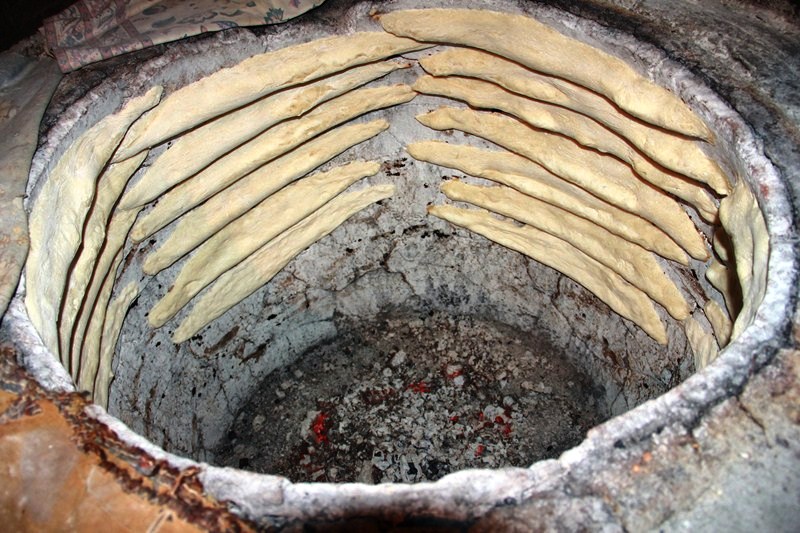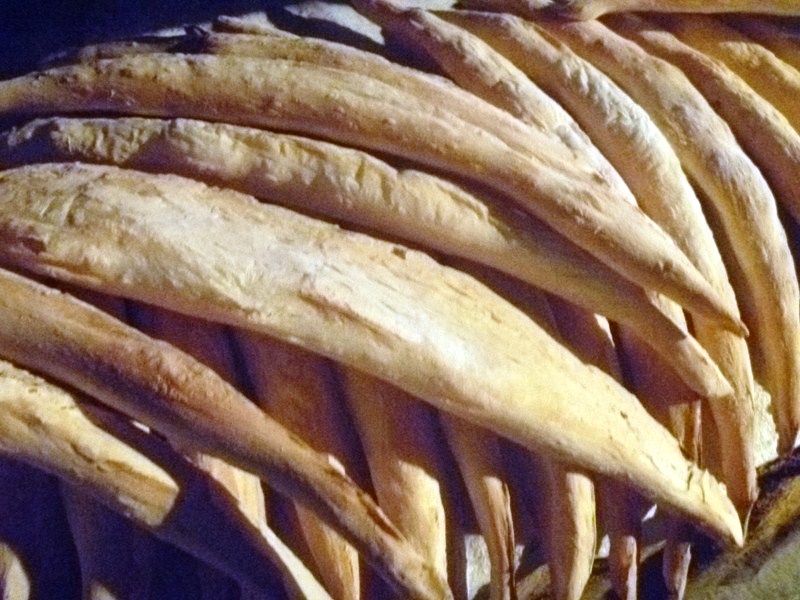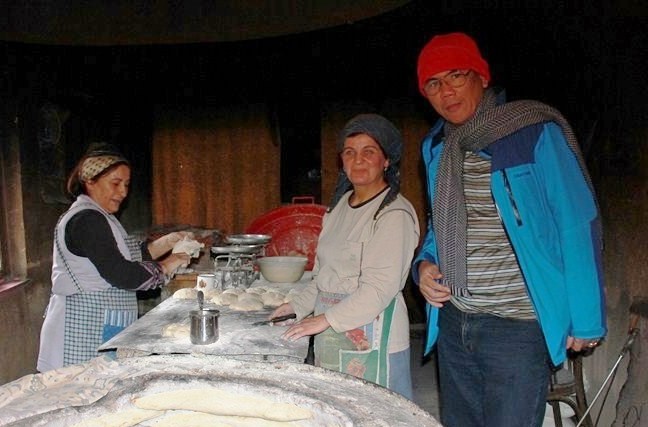For the third time around (the first was in the iconic Manila Hotel, followed by the Dusit Hotel), my family and I decided to spend New Year’s Eve in a hotel and, this time around, we chose to stay at the nearby InterContinental Manila (colloquially Intercon/ICM). This 5-star InterContinental hotel, part of the longest operating international chain hotel in the Philippines, holds the distinction of being the first 5-star deluxe hotel in Makati and the second InterContinental hotel to open in Asia.
Designed by my uncle, the late National Artist Leandro Locsin, this 14-storey landmark hotel opened on April 11, 1969 as part of the overall redevelopment plan for Makati.It is owned by Ayala Land Hotels and Resorts Corp., Ayala Land’s wholly owned subsidiary. Conveniently located within Ayala Center (Makati Commercial Center years before), opposite the Glorietta, it is walking distance to 5 big shopping malls (SM, Rustans, Landmark, etc.), great restaurants, an MRT-3 station (Ayala Station) and cinemas. It still exudes the charm and elegant atmosphere of the old Manila I am familiar with.
This old but well-maintained hotel has won numerous awards such as the “Best Hotel Kikay Festival” for “Festival Gastronomique le Kikay Bleu” in 1982 and 1983; the Green Globe Award for Outstanding Environmental Programs in 1998; “Outstanding in Community Involvement for Southern Asia” among InterContinental hotels in 2002; and the TTG (Travel Trade Gazette) Travel Awards as the “Best City Hotel” in 2010, 2011 and 2013.
In 1997, the hotel also placed first in Asia Pacific and third in the world in the D’Richey Report and, in 2007, it was voted by readers of Business Traveler Magazine Asia Pacific as one of the three top hotels in the Philippines.
We all checked in at a spacious and comfortable 2-bed De Luxe room (Suite 839), one of 332 guest rooms that were updated in 2006. Incorporating traditional and modern Filipino design infused with a refined European touch, each room had warm earth tones and rich, walnut wood finish. it features individually-controlled airconditioning, flat-screen LCD cable TV, work desk with lamp, in-room safe, IDD/NDD phone, coffee/tea making facility, mini fridge, private bathroom with bathtub and free high-speed wireless internet.
The staff was polite, efficient and attentive to our needs. The presence of pretty Ambassador ladies greeting guests at the entrance was a nice touch. They also offer valet, airport transfers, currency exchange, tours, concierge, car rental, laundry and room service. InterContinental Manila has 4 restaurants and bars that offer a wide selection of food and wines to suit every taste and to match the occasion.
The Prince Albert Rotisserie, a fine dining restaurant, offers gourmet French and Continental fare, classic wines and is best known for its tableside preparation of US prime rib and Crepe Suzette. In addition to the main dining section, the restaurant boasts of three dining salons for guests desiring more privacy. During our stay, they offered a special New Year’s Eve set dinner menu (PhP2,990++ per person) which included veal, duckling, and morel terrine and roast prime rib of Aberdeen Angus beef with baked potato, buttered garden vegetables and red wine sauce. A special à la carte menu was likewise be offered. Its impeccable service has reaped prestigious awards and numerous citations including Ordre Mondial des Gourmets Gustateurs ‘Trés Belle Carte” (Best Wine List) Award.
Café Jeepney, a favorite meeting place and watering hole for people in the news and those who write about them, was where we had our breakfast. The evening of our stay, they offered a buffet for PhP2,000++ per person. Themed around the world famous Filipino jeepney, it features a mouth-watering spread of Filipino and international fare, a la carte and buffet style, including live cooking and carving stations.
The ground floor Gambrinus Bar, a venue to meet family and friends amongst the view of the poolside garden, offers an appetizing selection of a la carte dishes, bar chows and cocktails while listening to live music in the evening. Sol y Sombra offers savory snacks, tropical thirst quenchers and cocktails by the poolside or inside one of the “bahay kubos” (nipa huts).
The Club Lounge, where we had access, offered breakfast and snacks throughout the day as well as happy hour in the evening. It had a stunning view of the Makati skyline. The hotel also has an outdoor swimming pool (said to be the largest in Makati), an 800-1,000-pax grand ballroom, 7 meeting rooms (Bahia, San Lorenzo, etc.), business center, full-service spa (Suriya), sauna, gift shop, beauty salon and a gym (Gold’s Gym)..
Our room package (PhP9,888 net) also included a New Year’s Countdown for two, which started 8 PM onwards, at its Grand Ballroom, with free-flowing red and white wine, champagne, soda, iced tea, and a buffet spread of holiday favorites.
Performing live music on stage was the all-girl (AJ Salvado, Jen Manalac, and Pia Diamante) Silk Band who rendered rhythm & blues and the best of OPM, from the 1970s to the present. Right after the countdown, we watched the fireworks outside.
InterContinental Manila: 1 Ayala Ave., Ayala Center, Makati City, 1226 Metro Manila. Tel: (632) 793-7000. Website: www.intercontinental.com/Manila.

